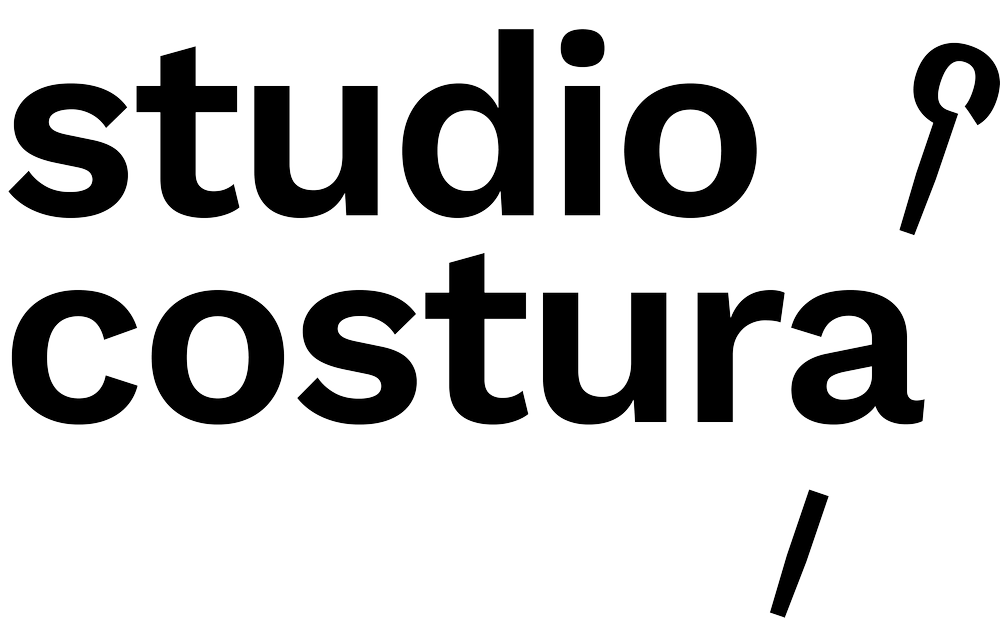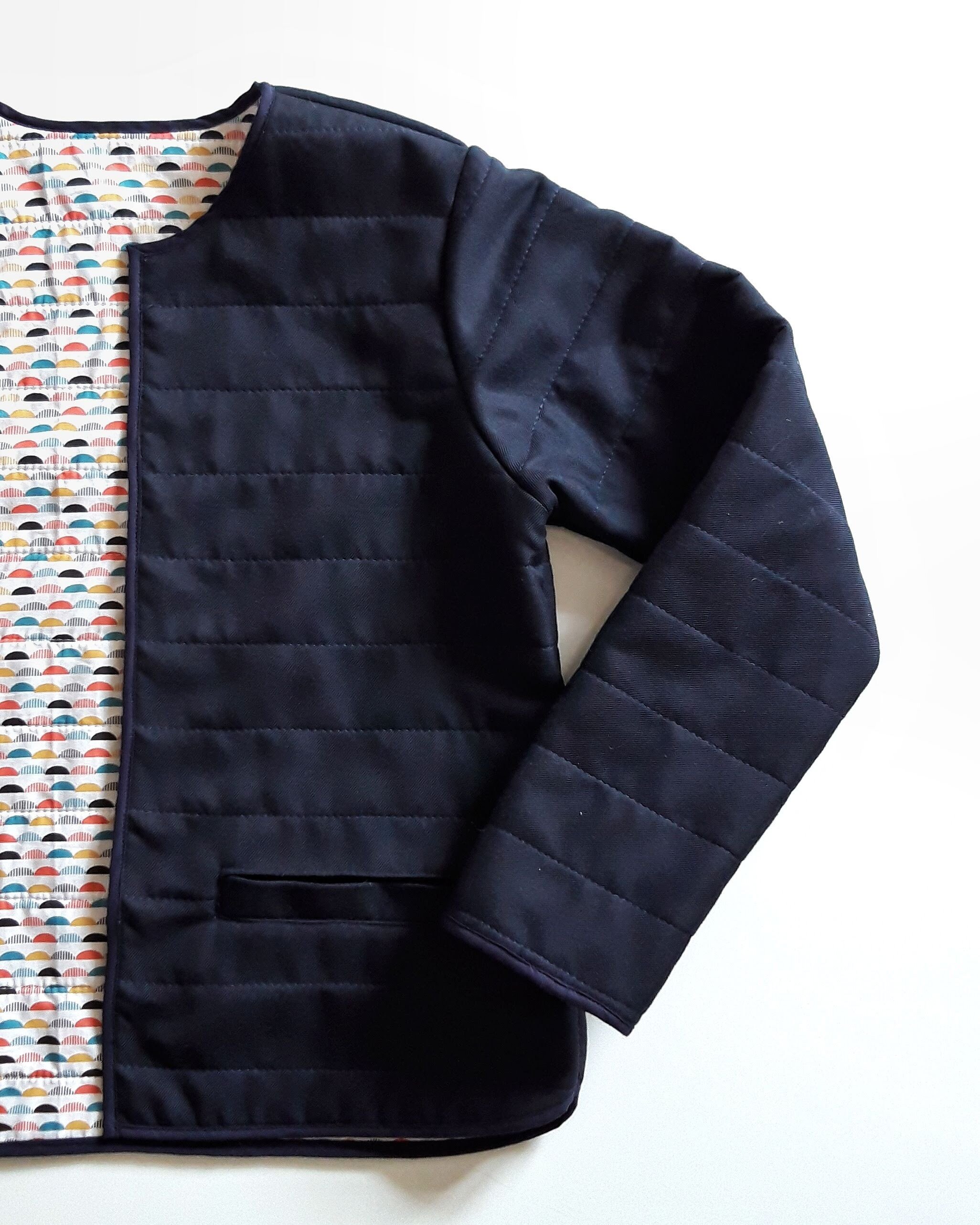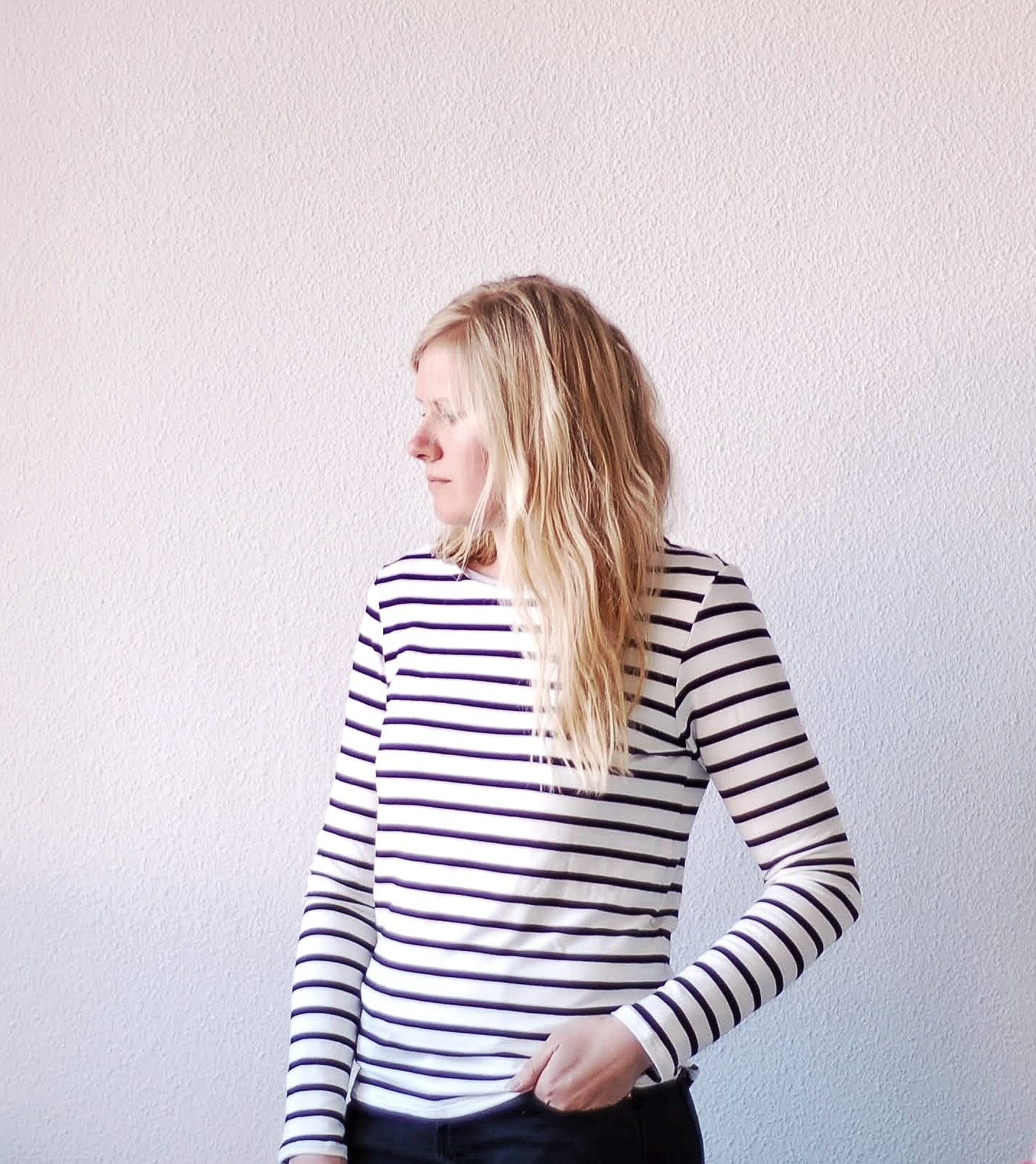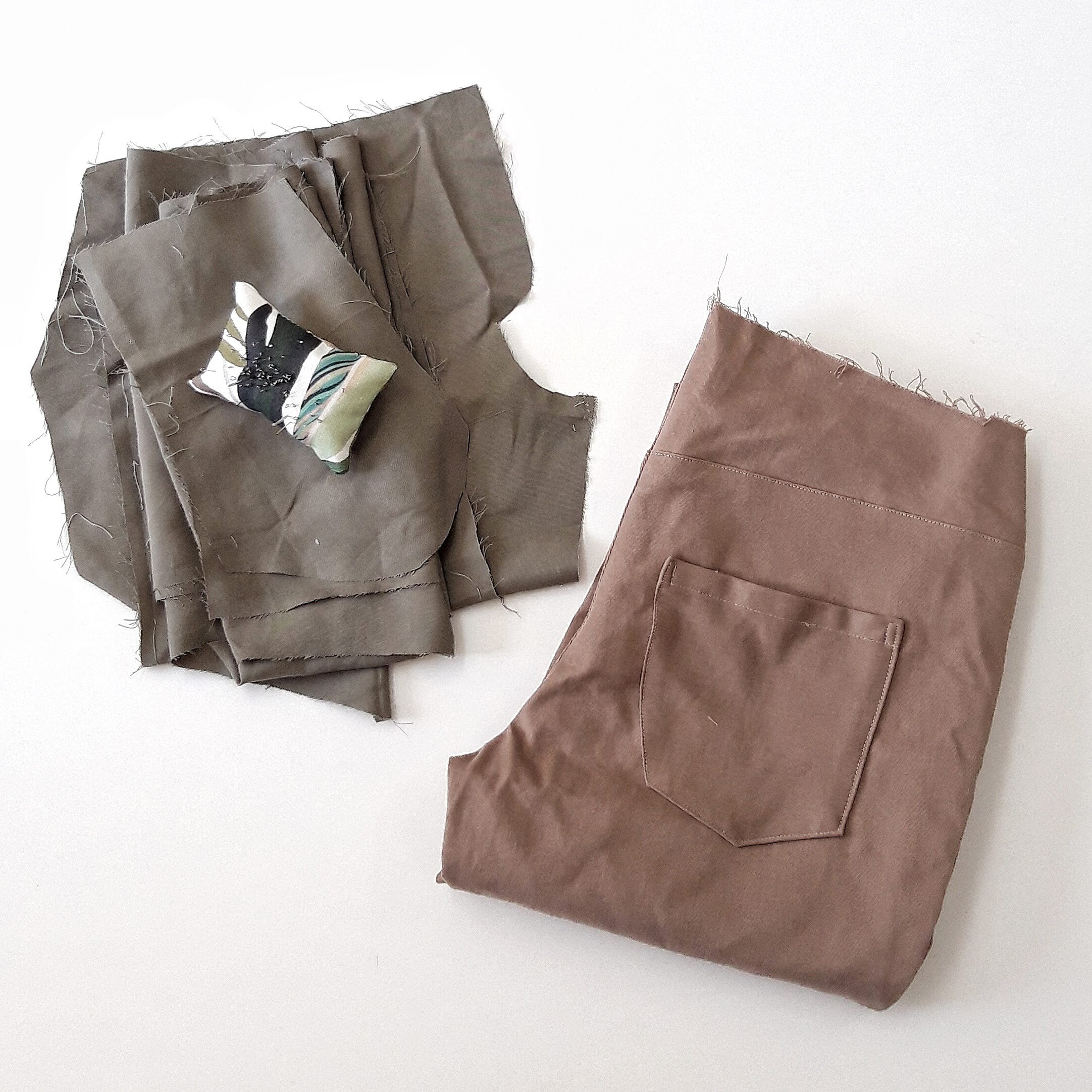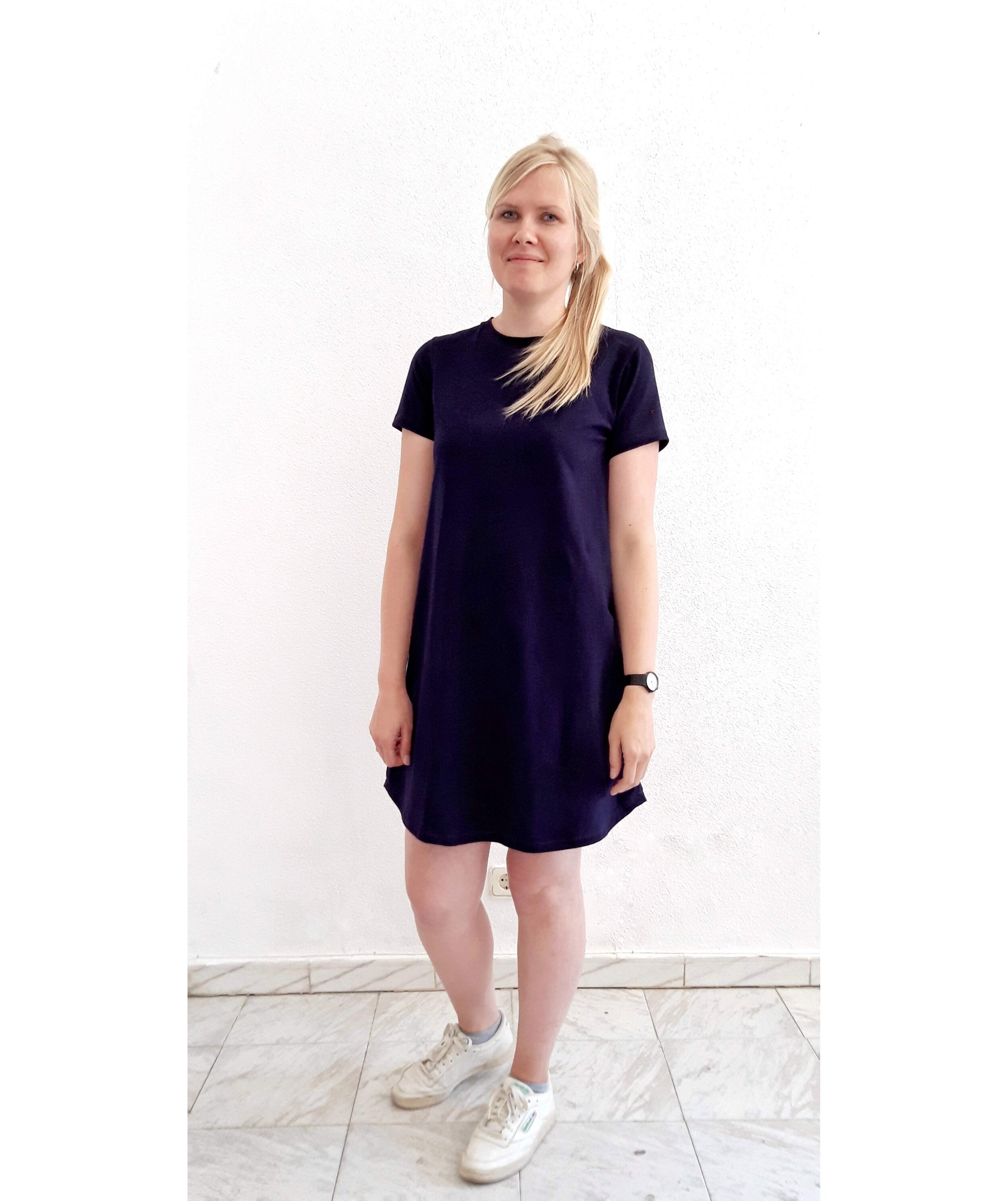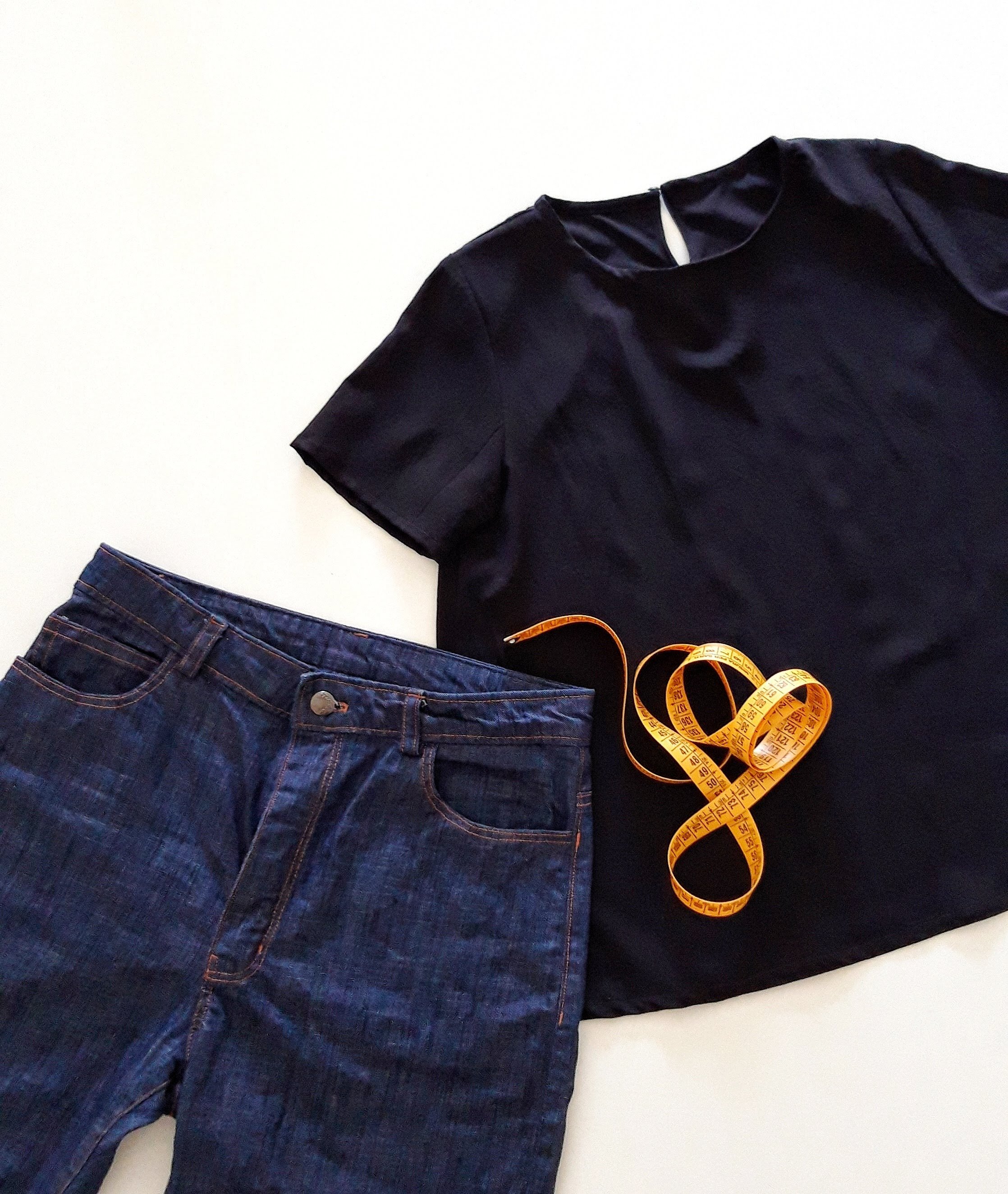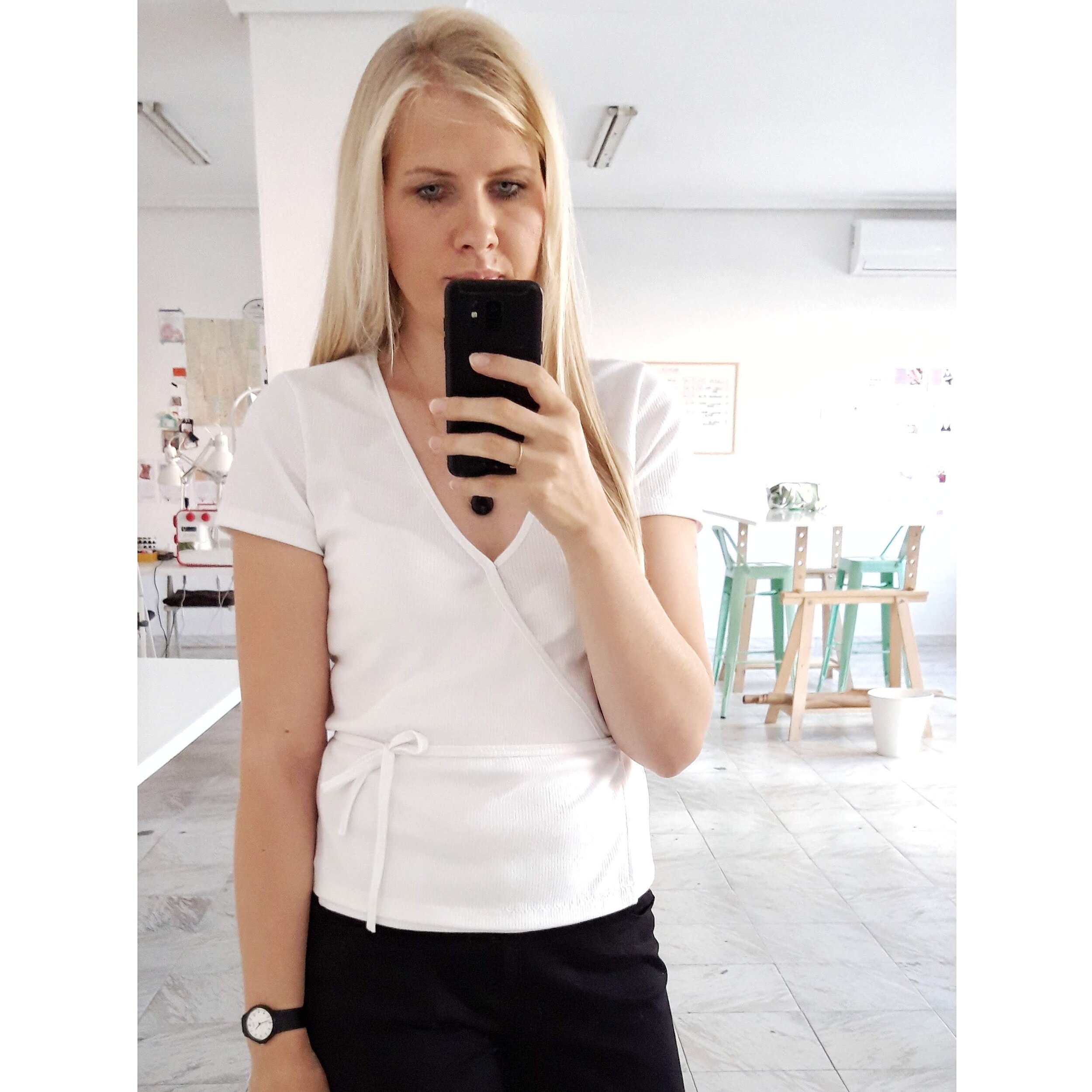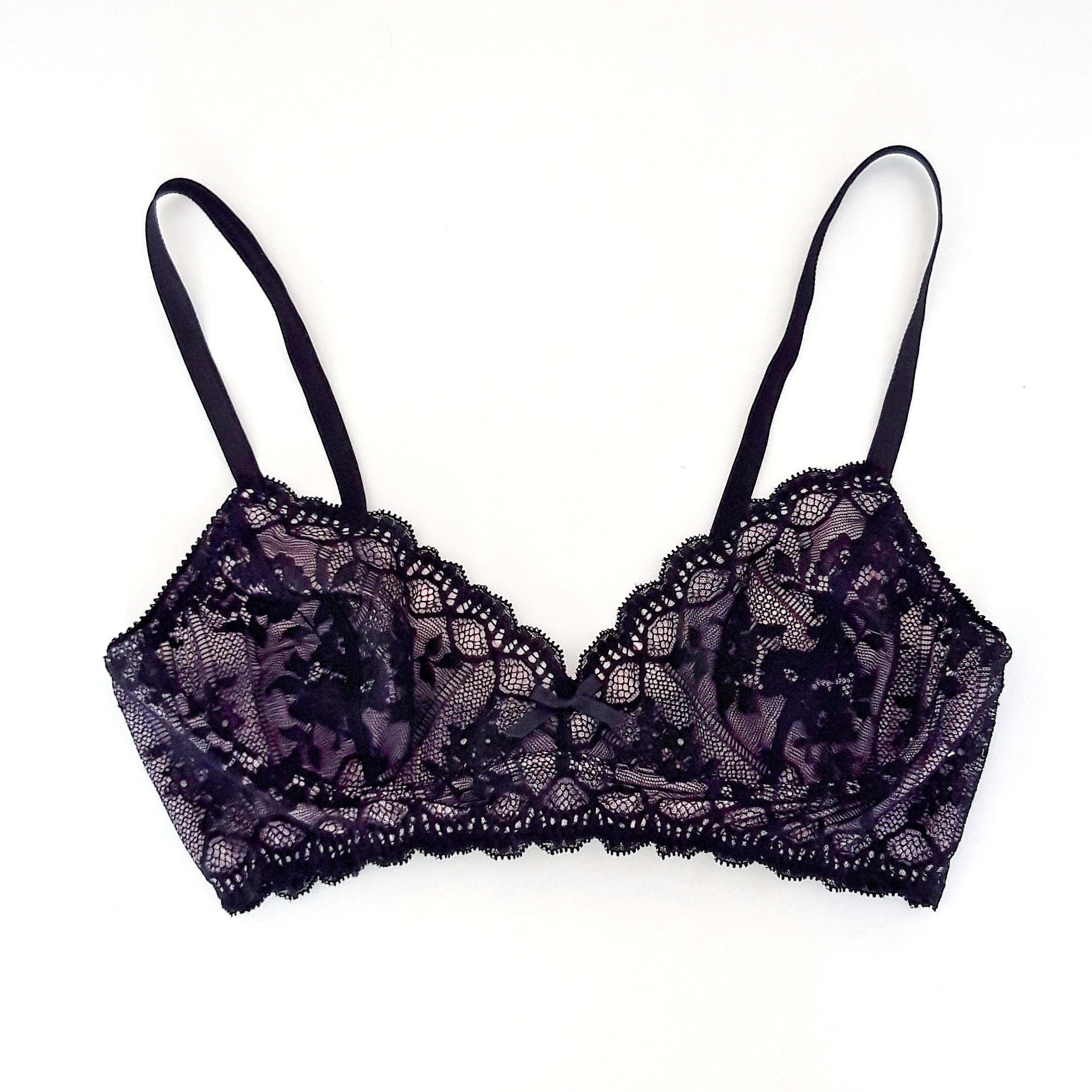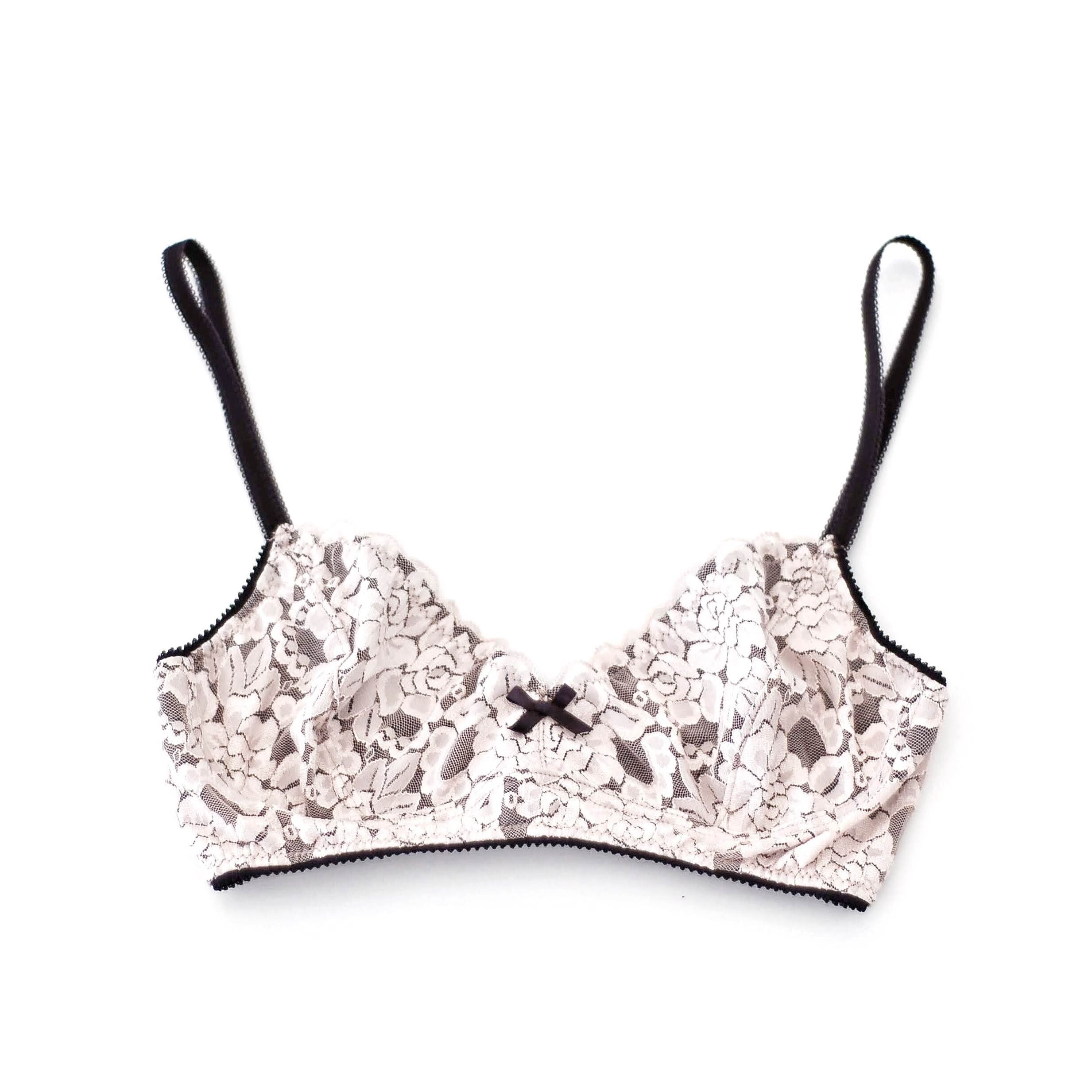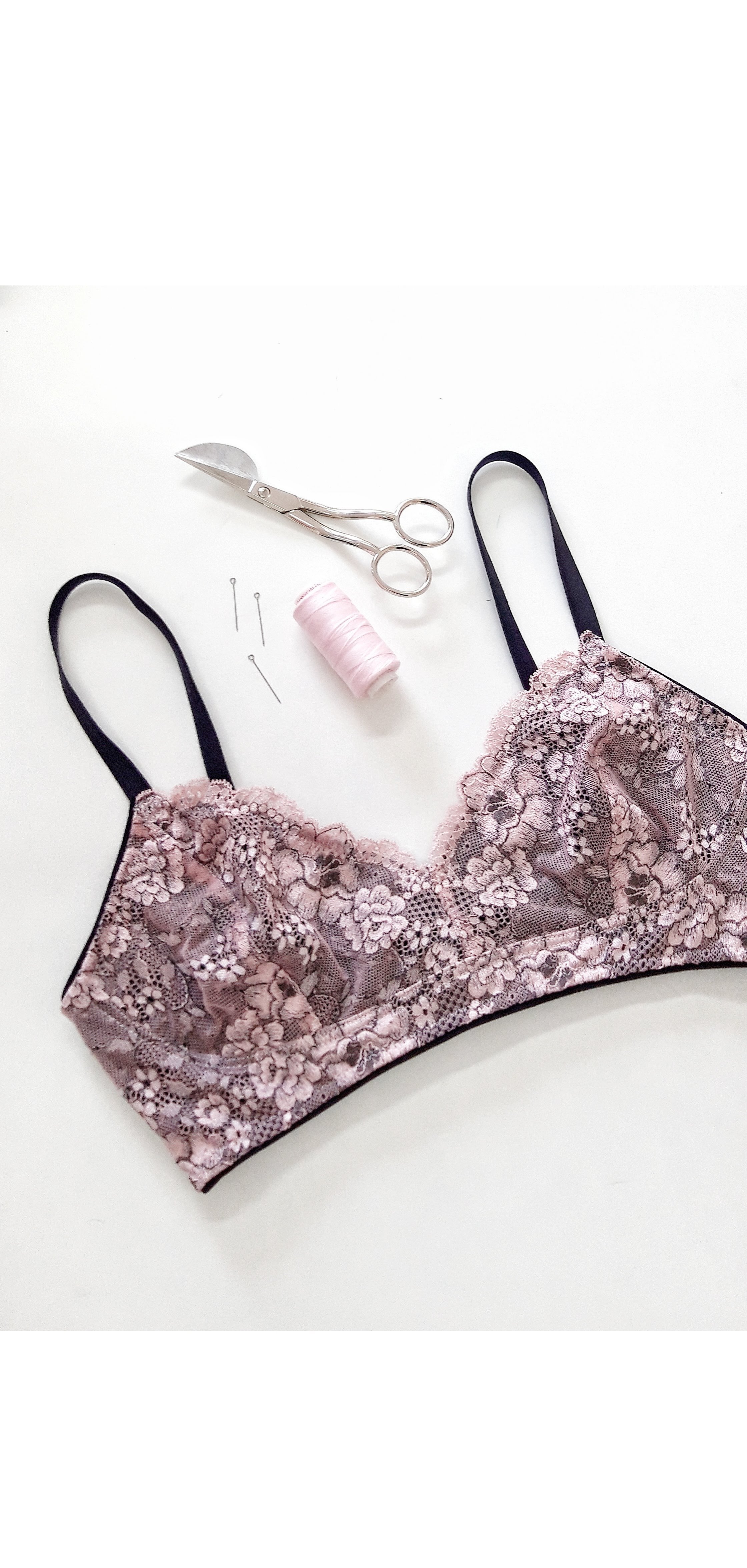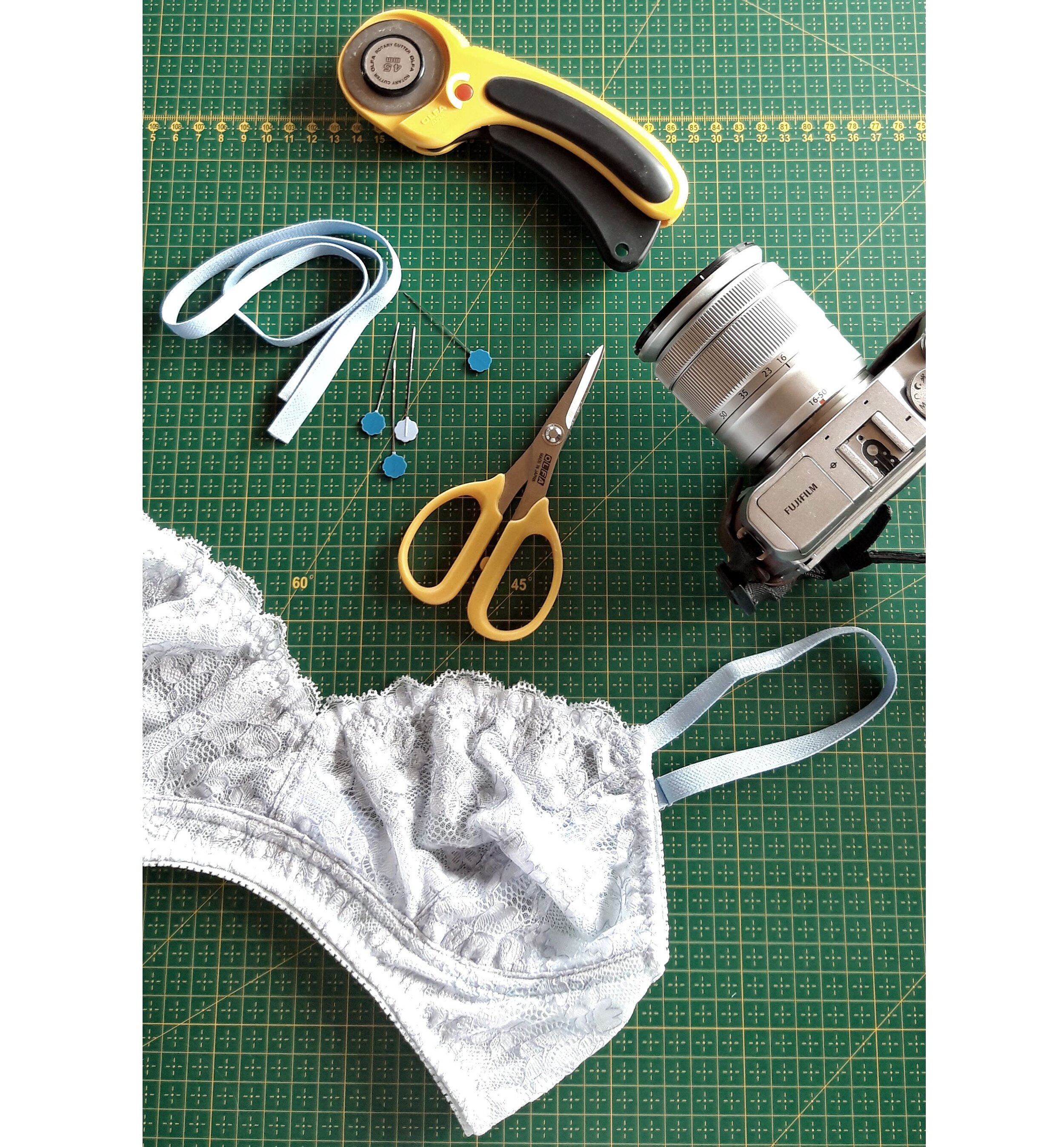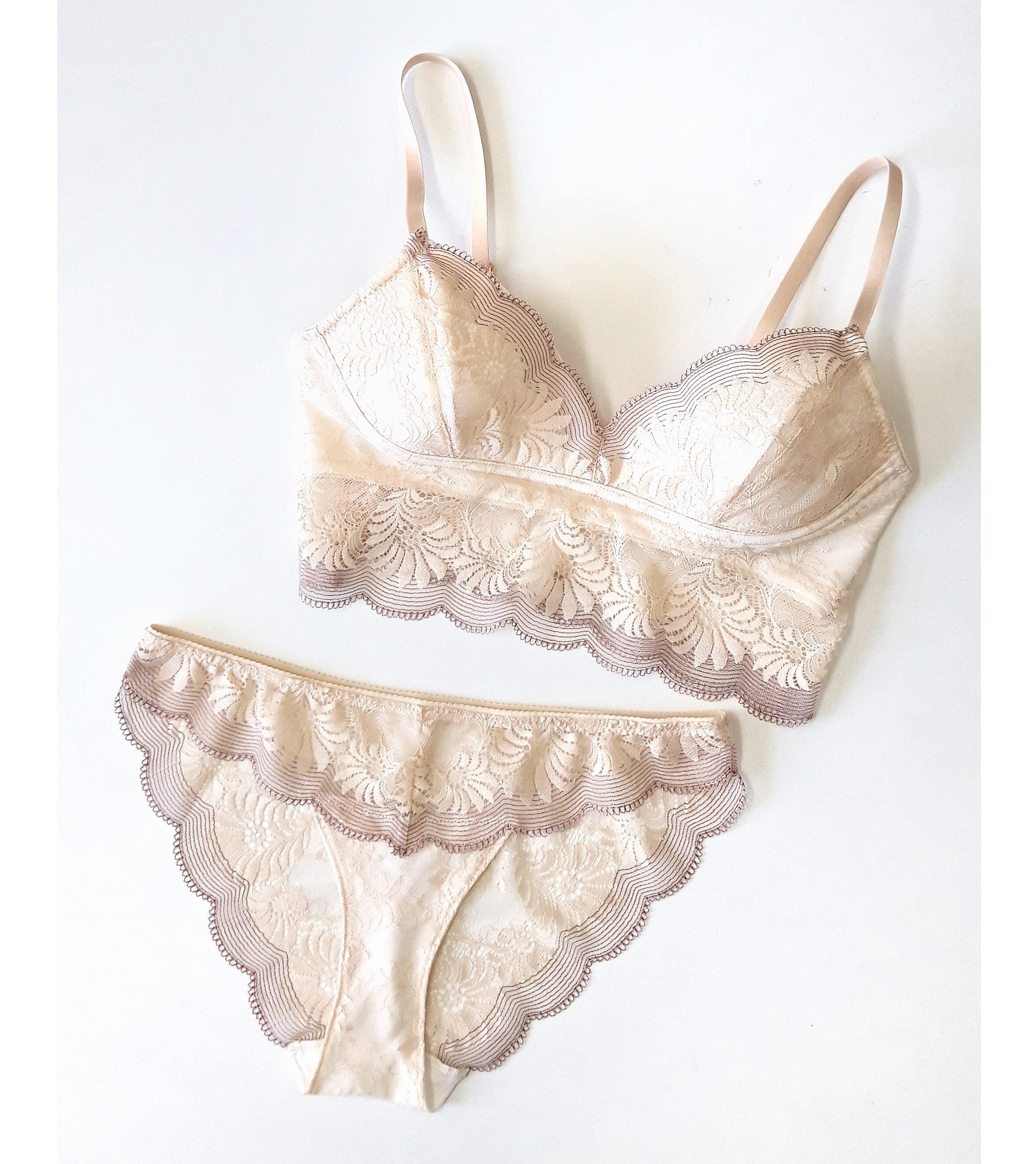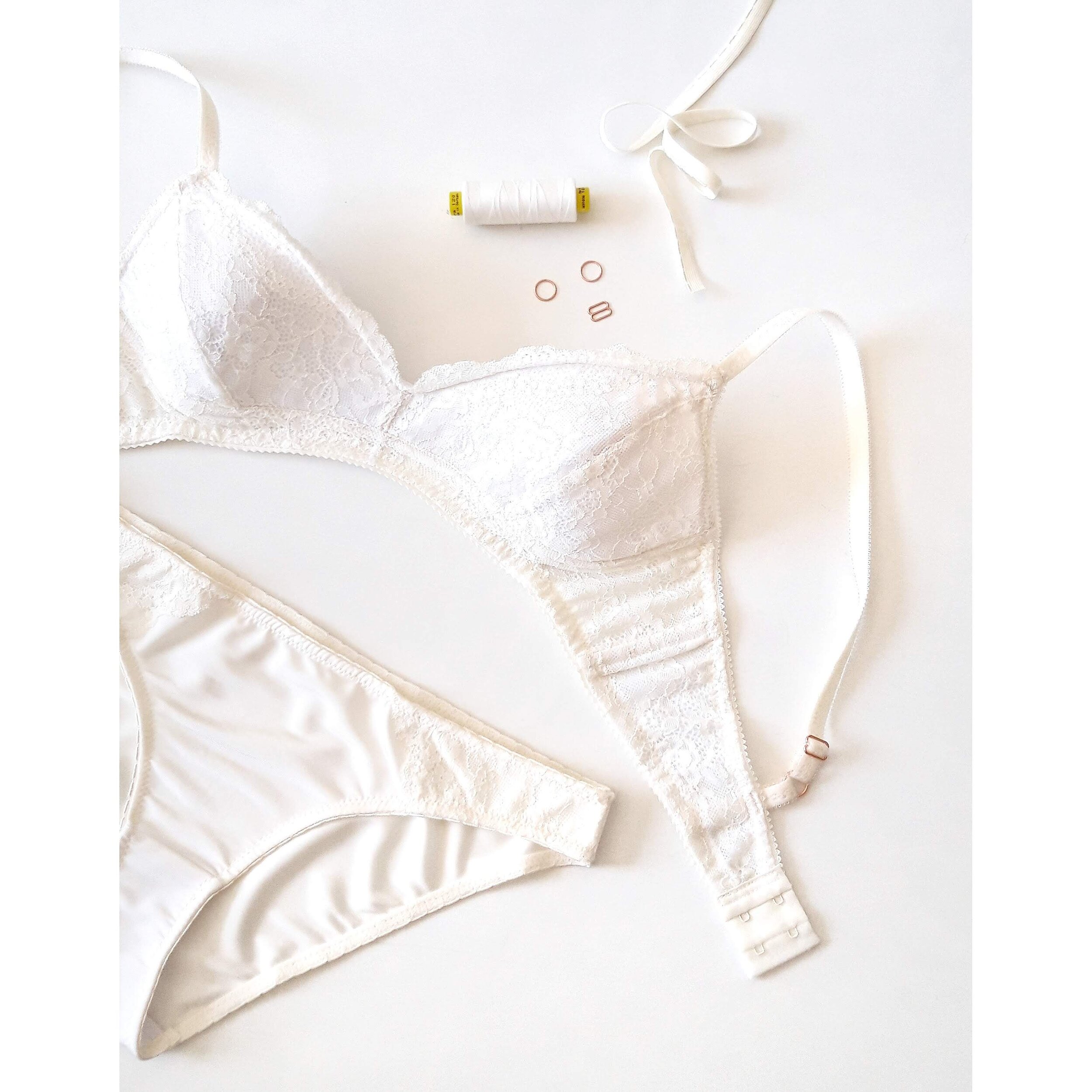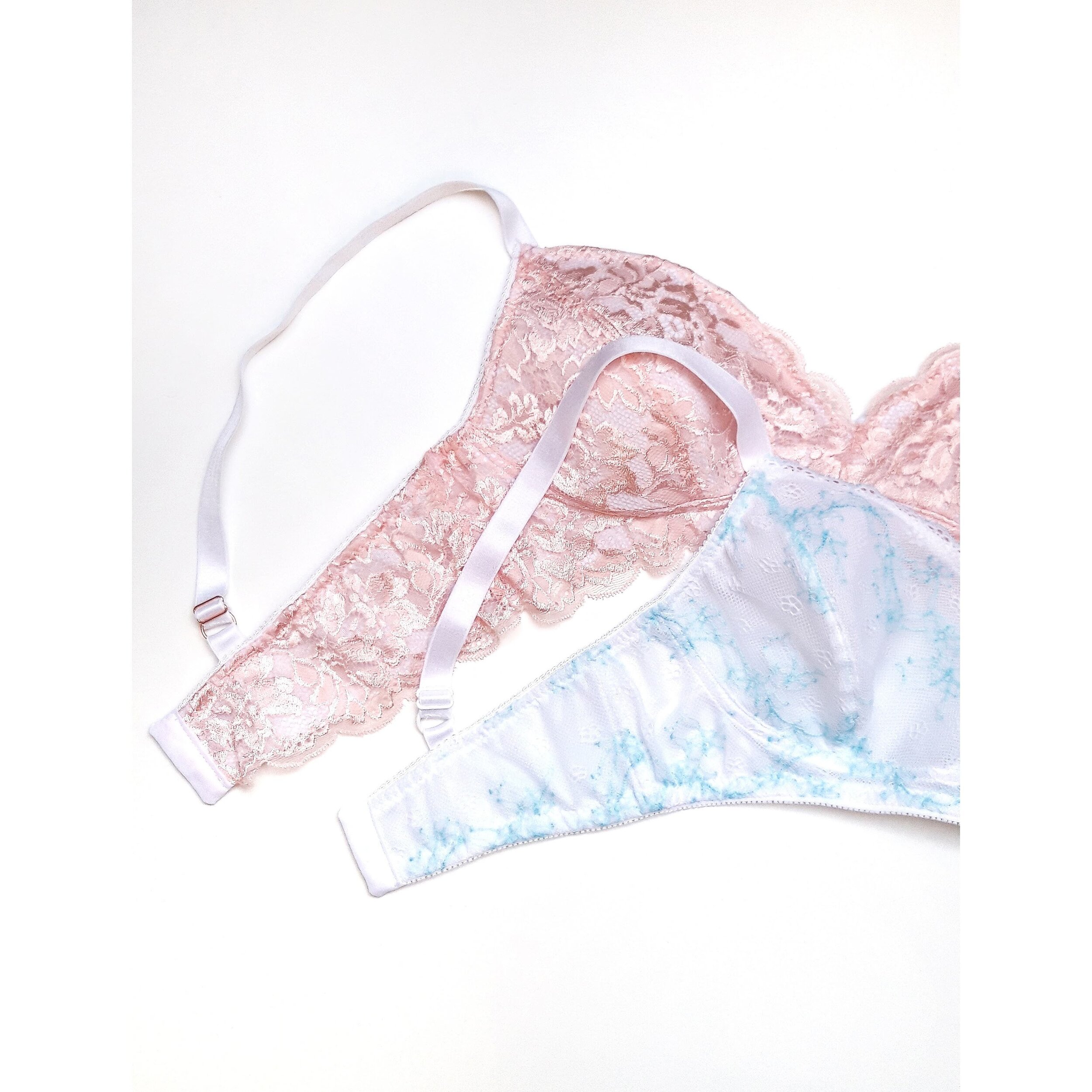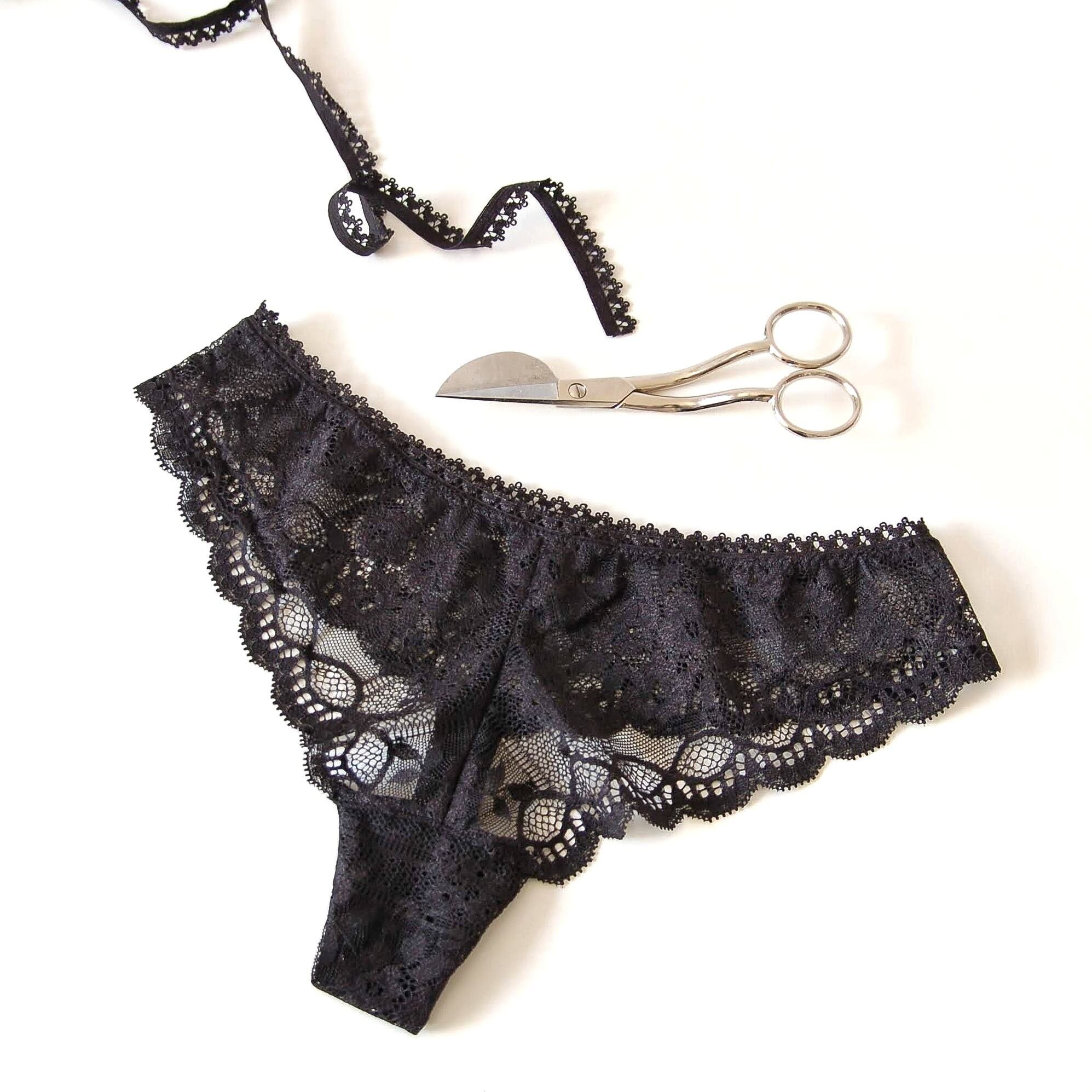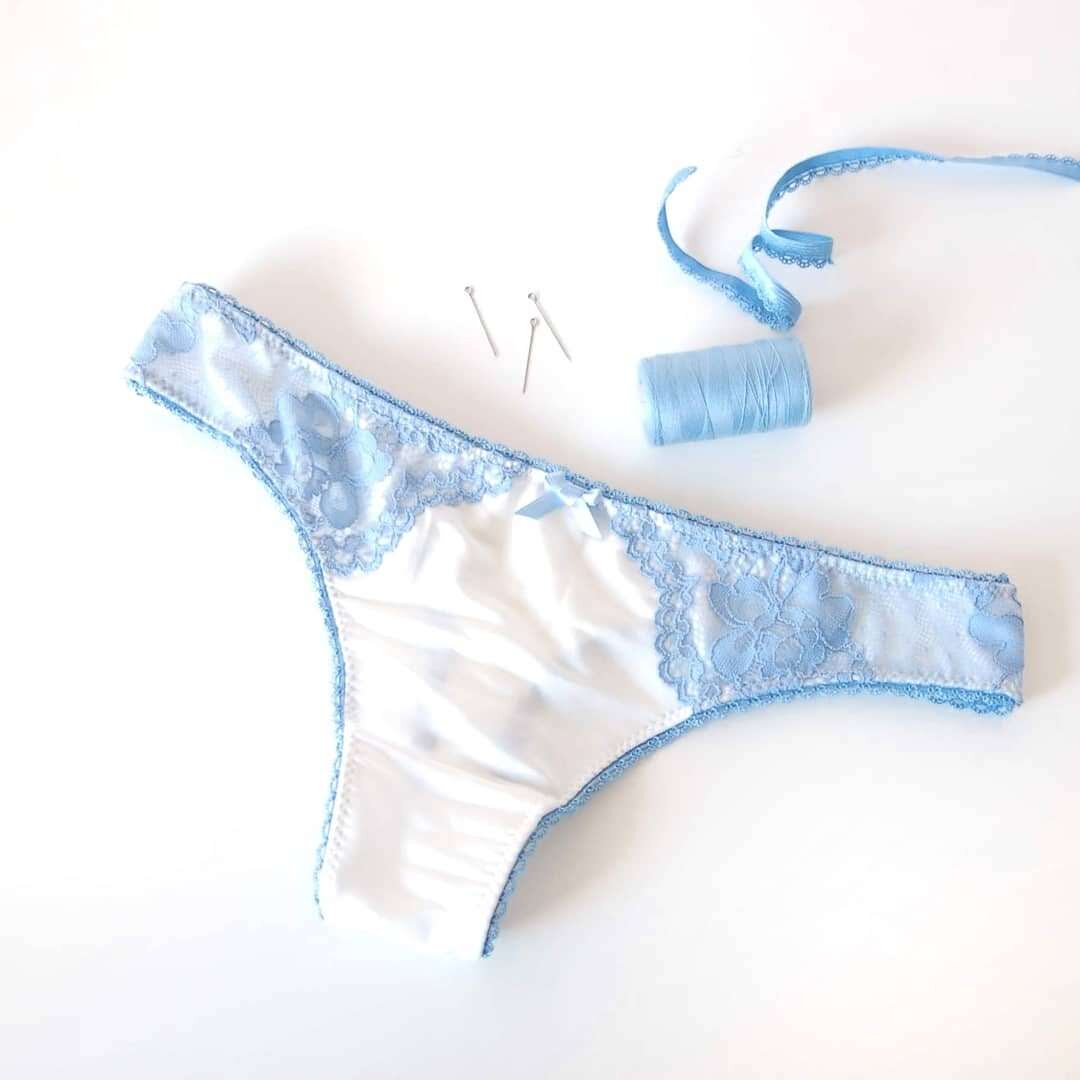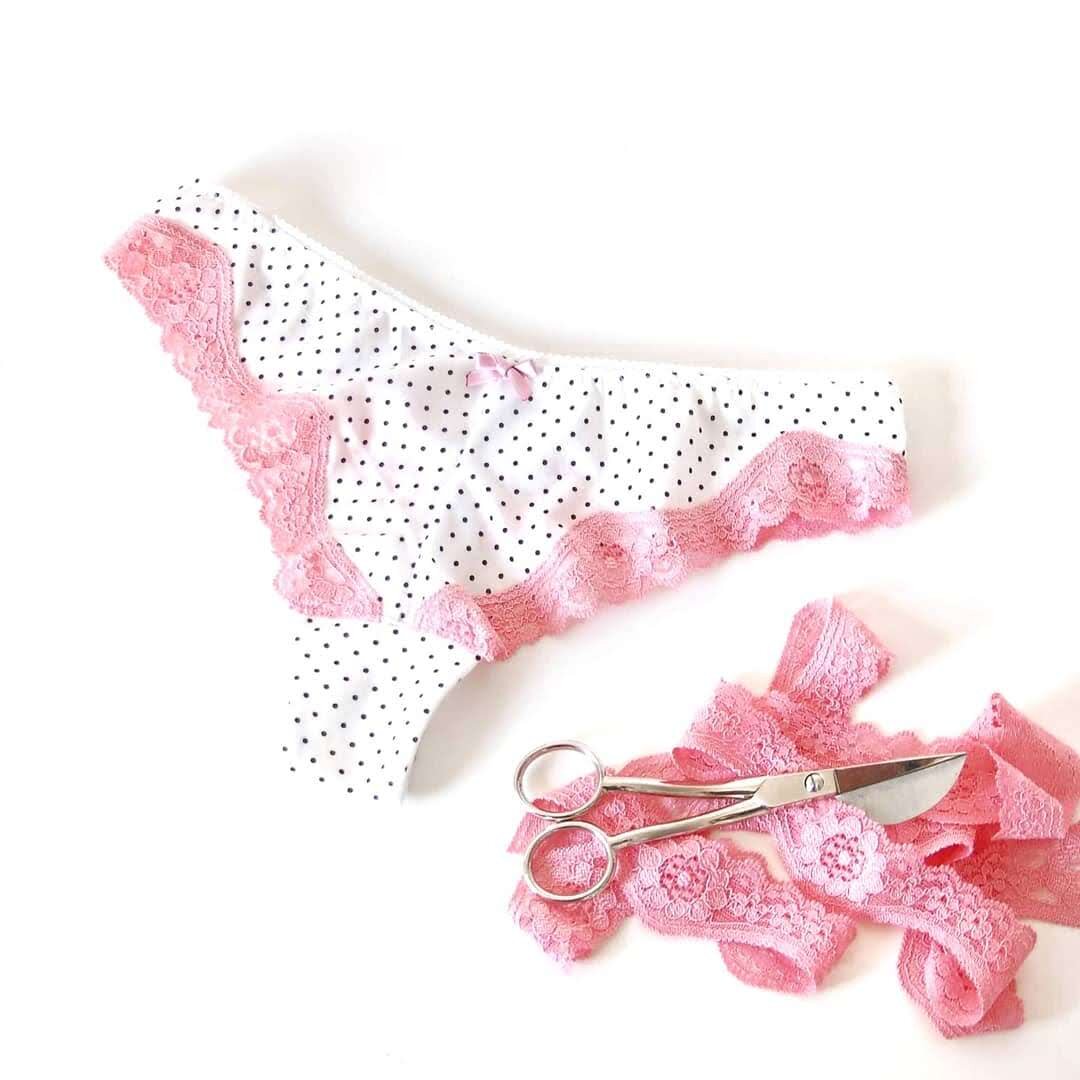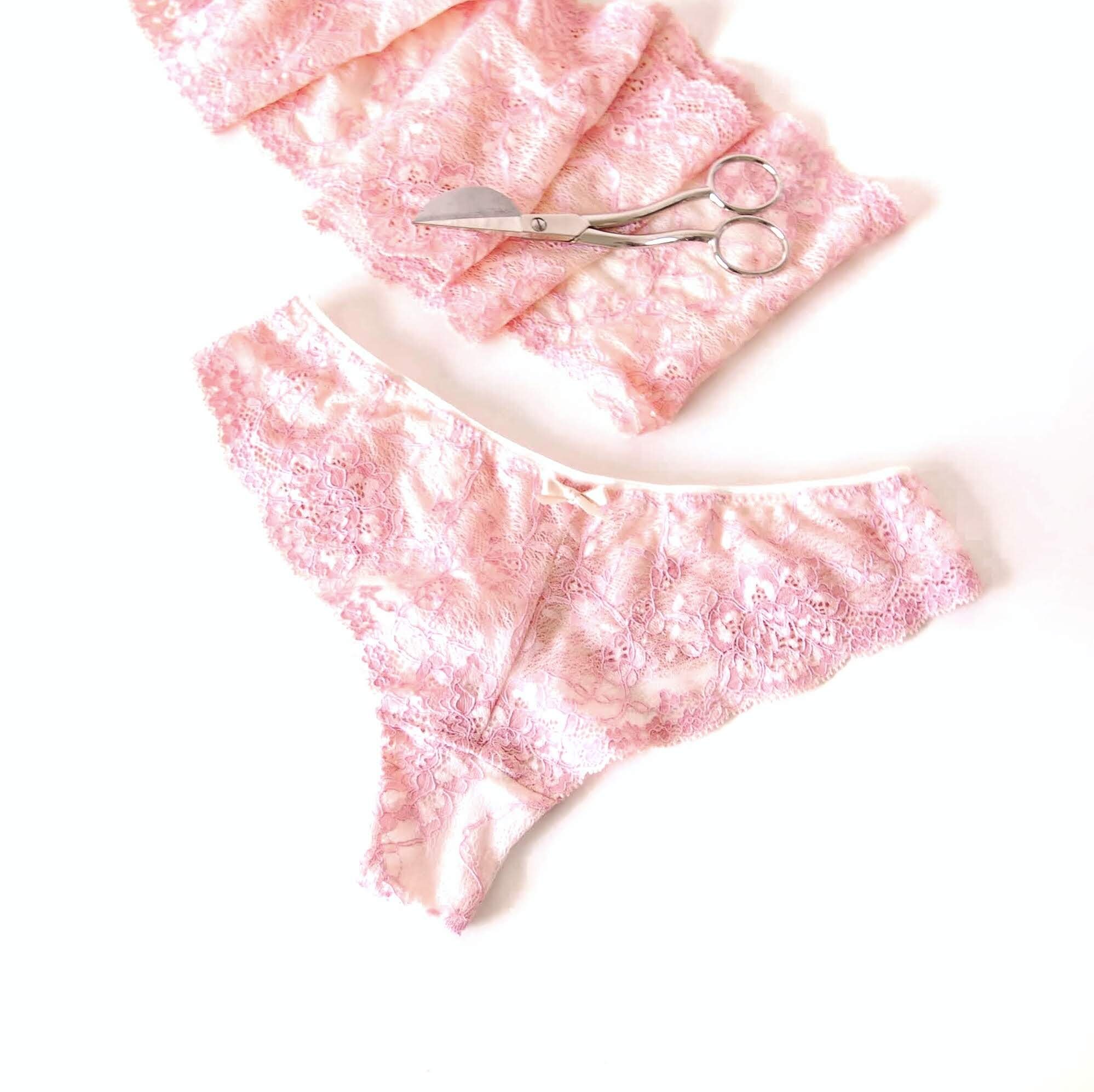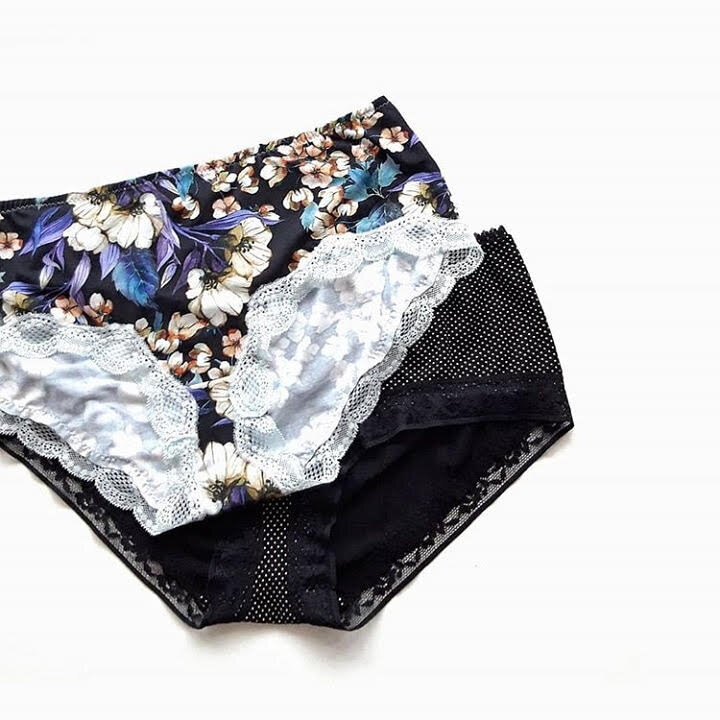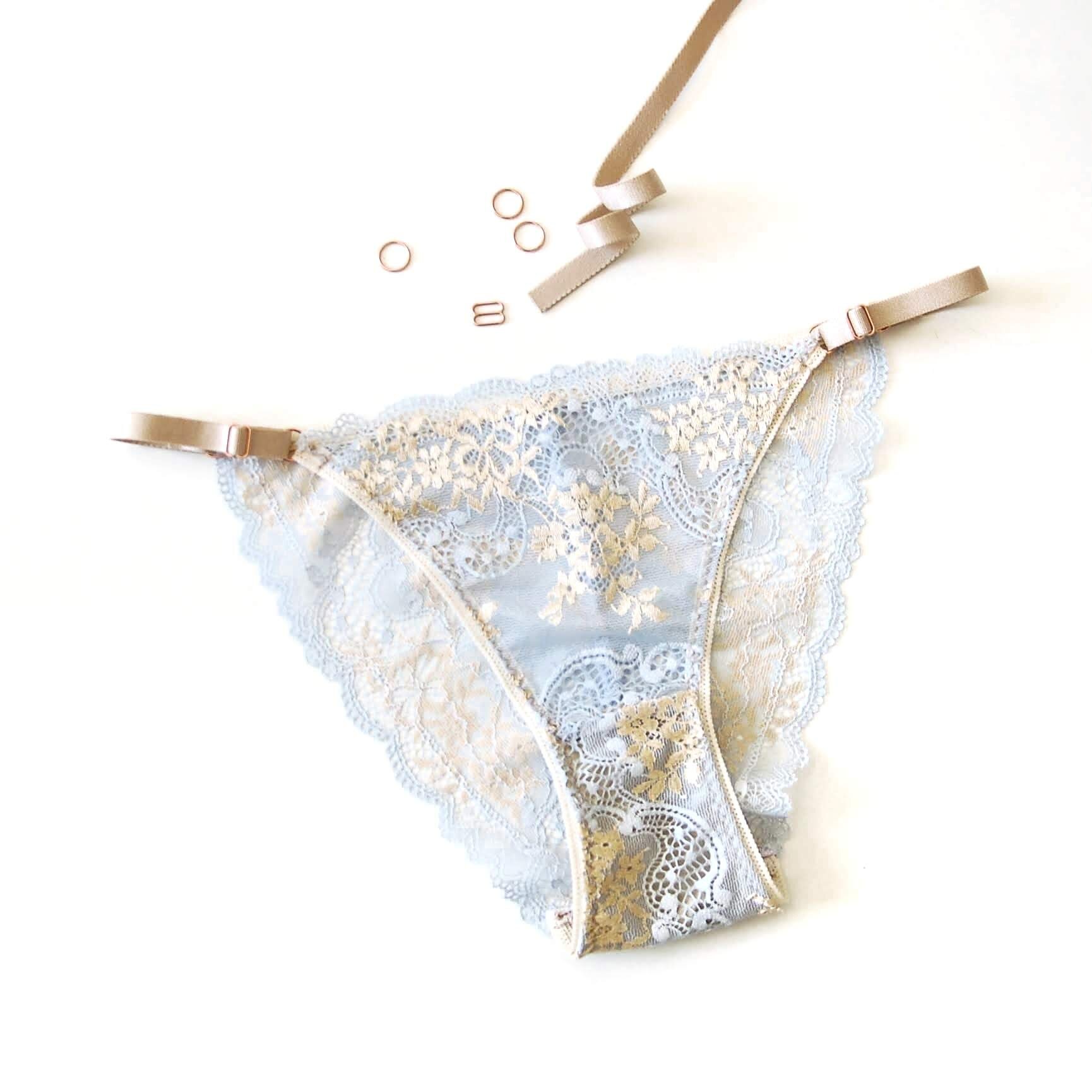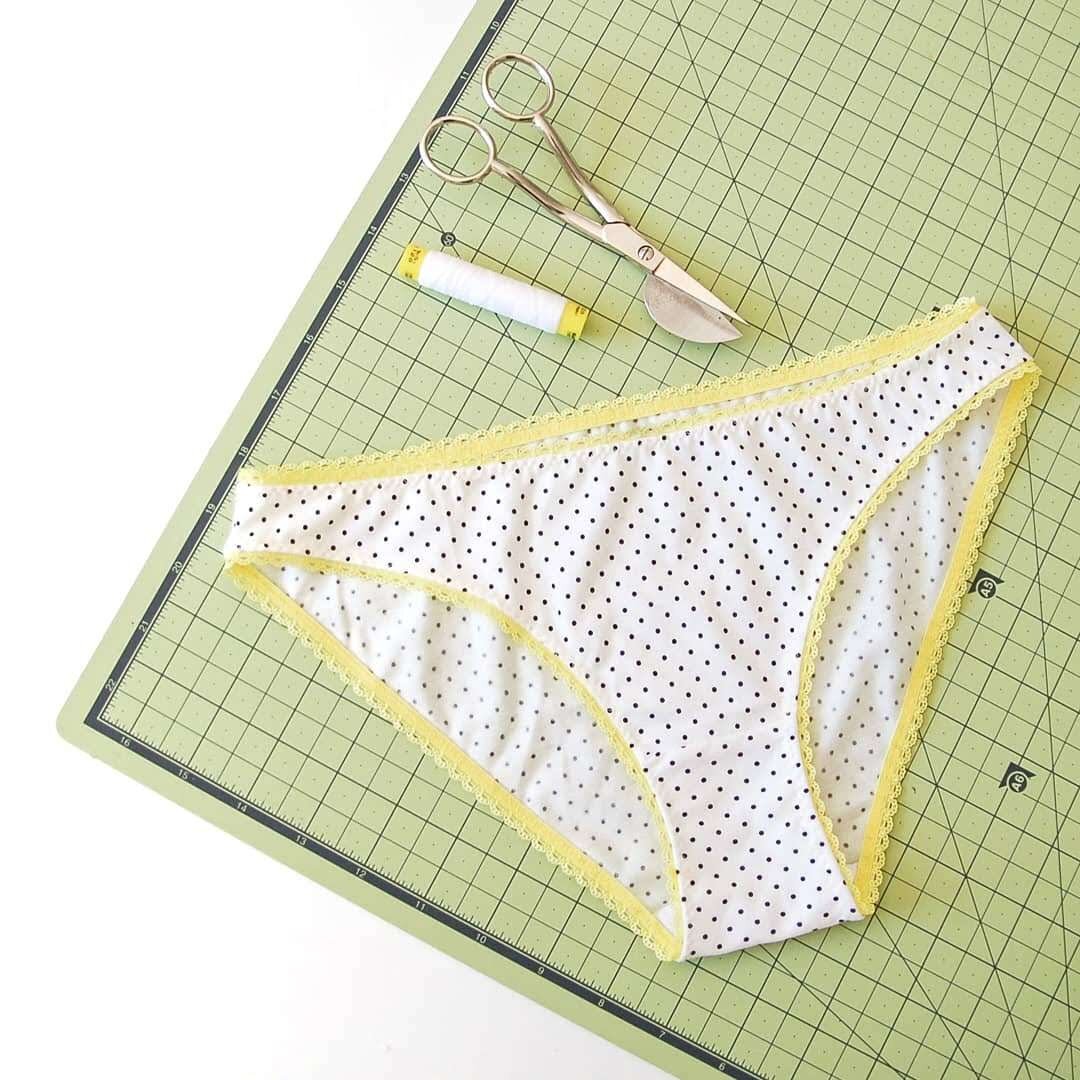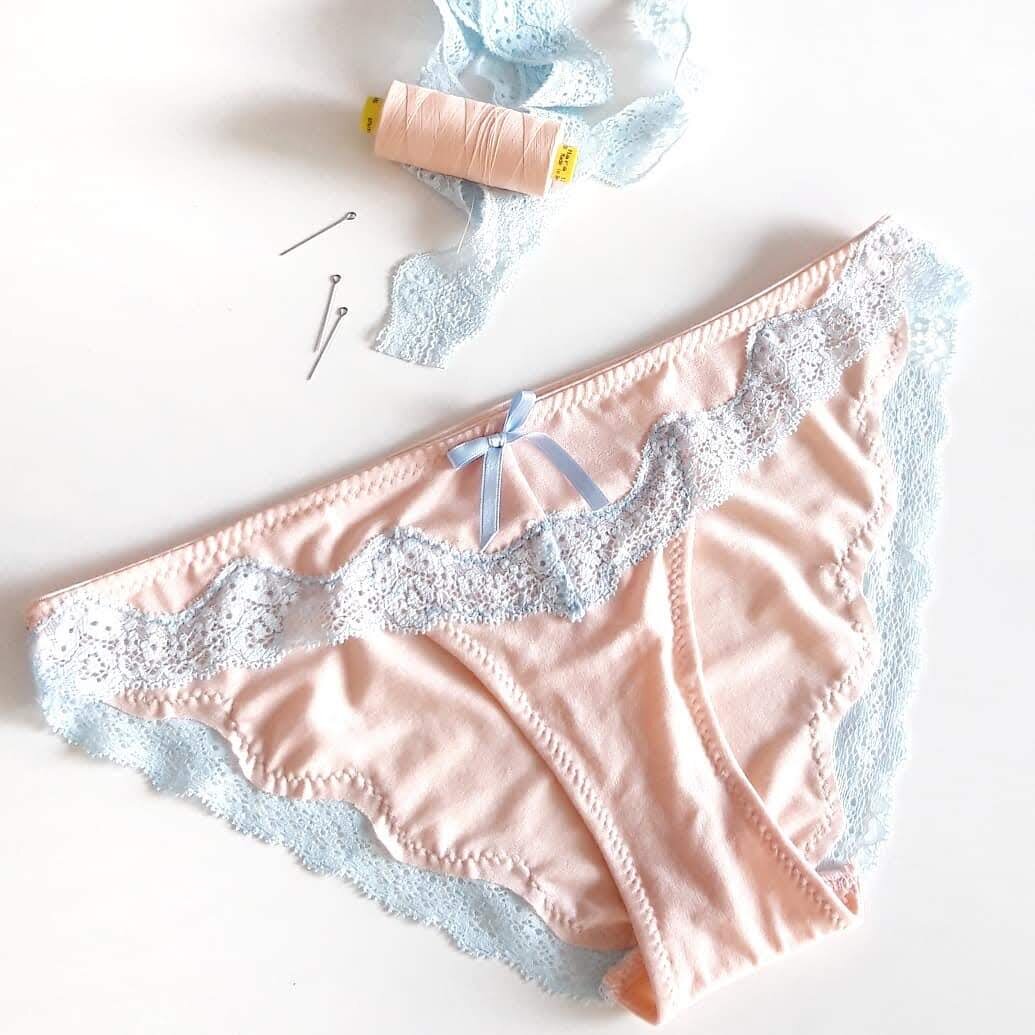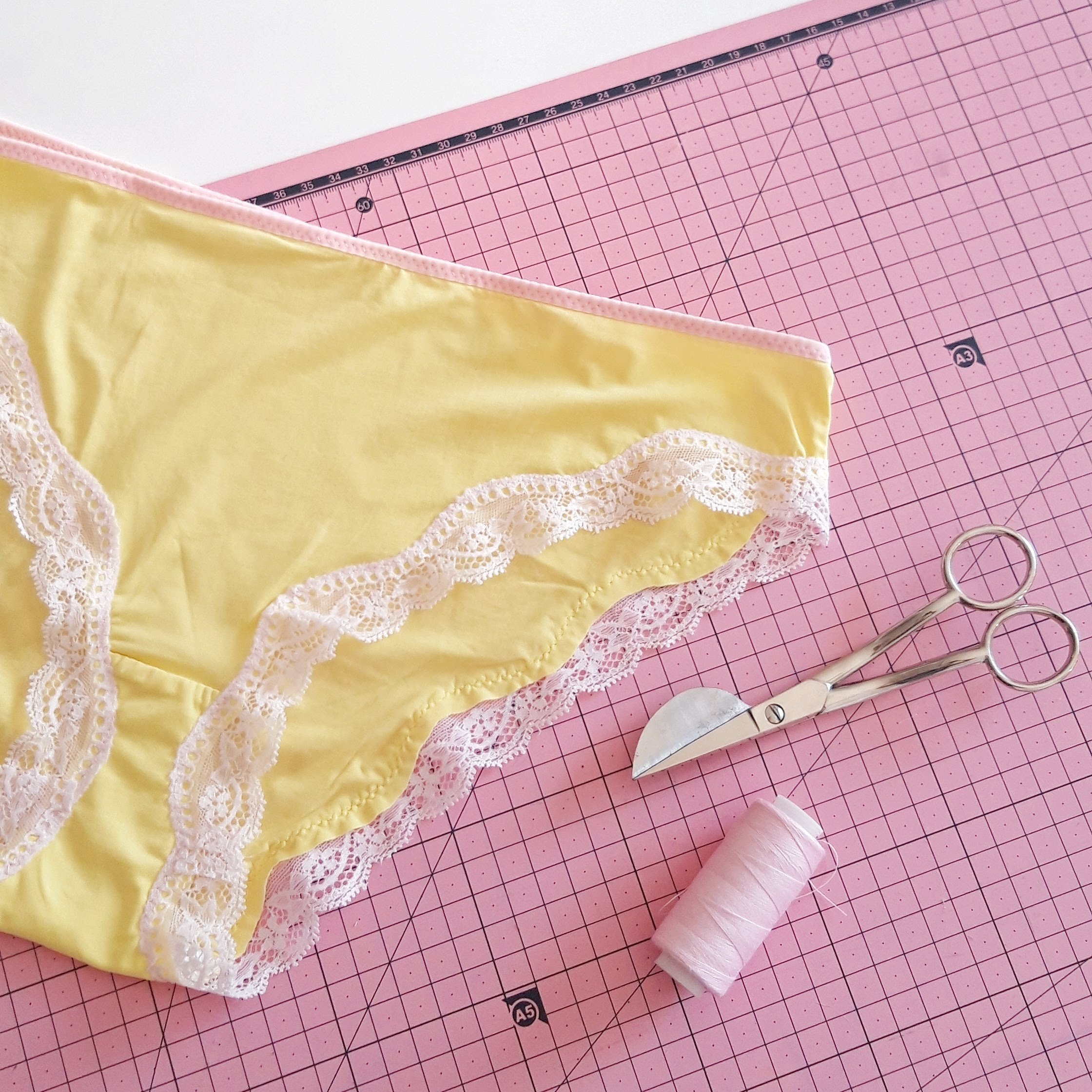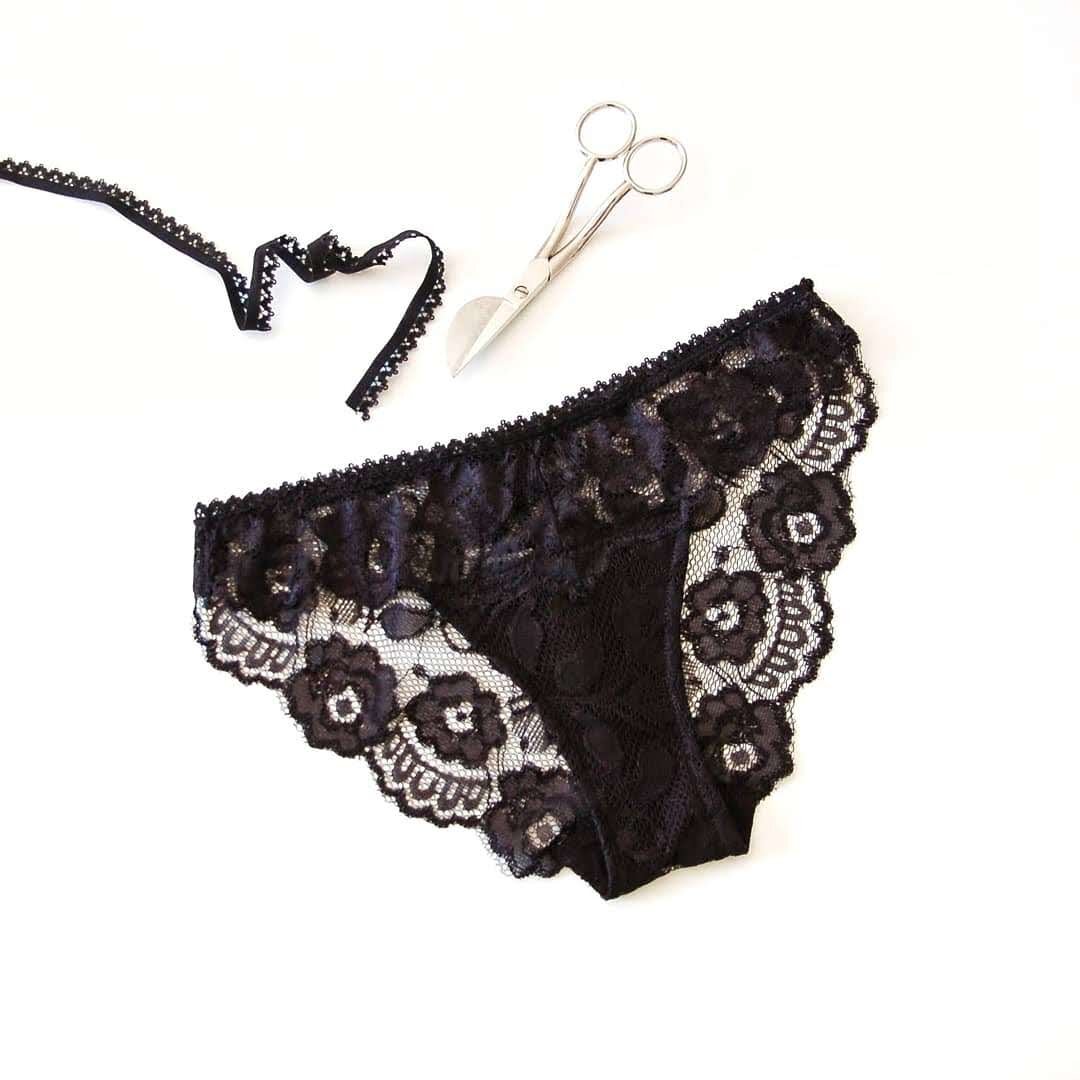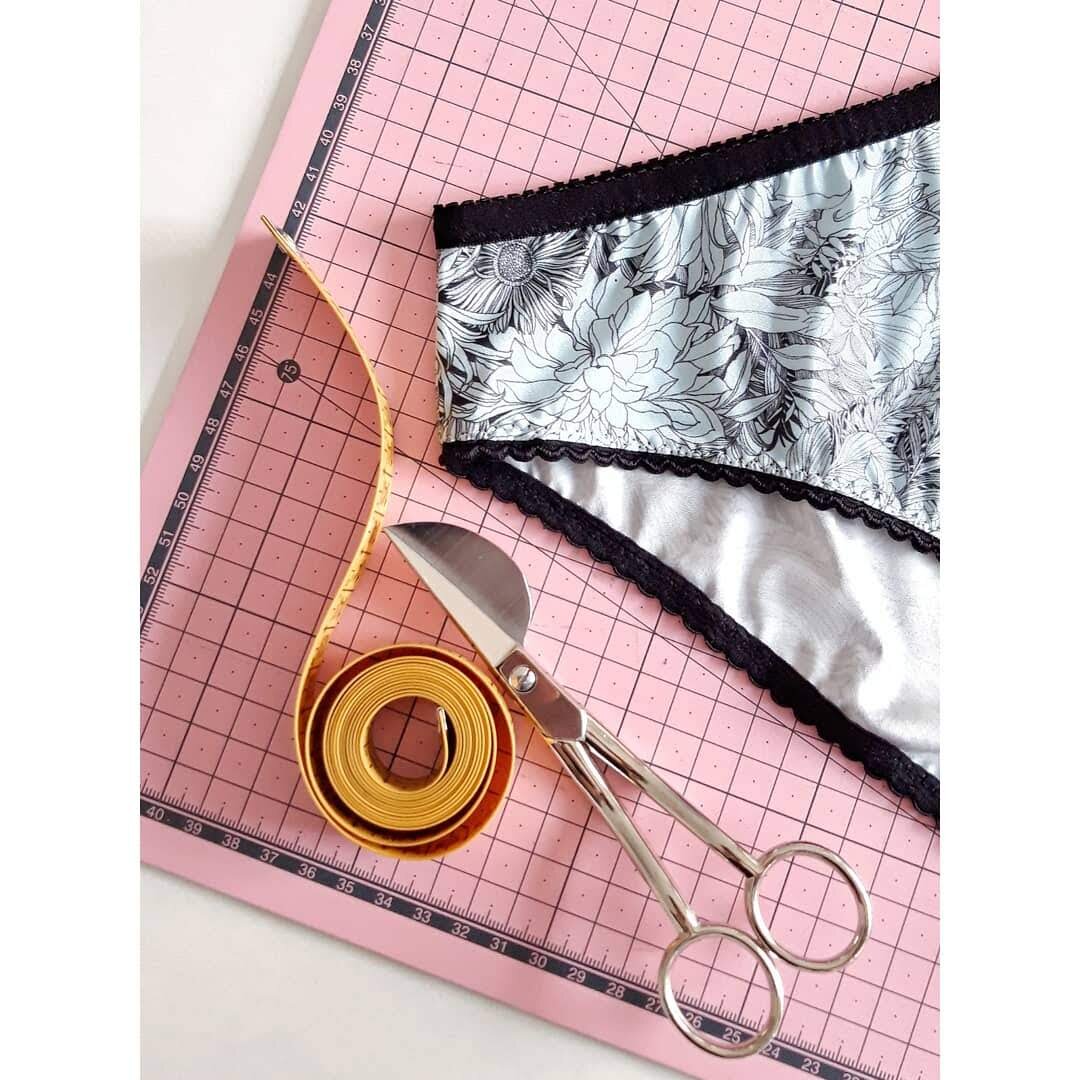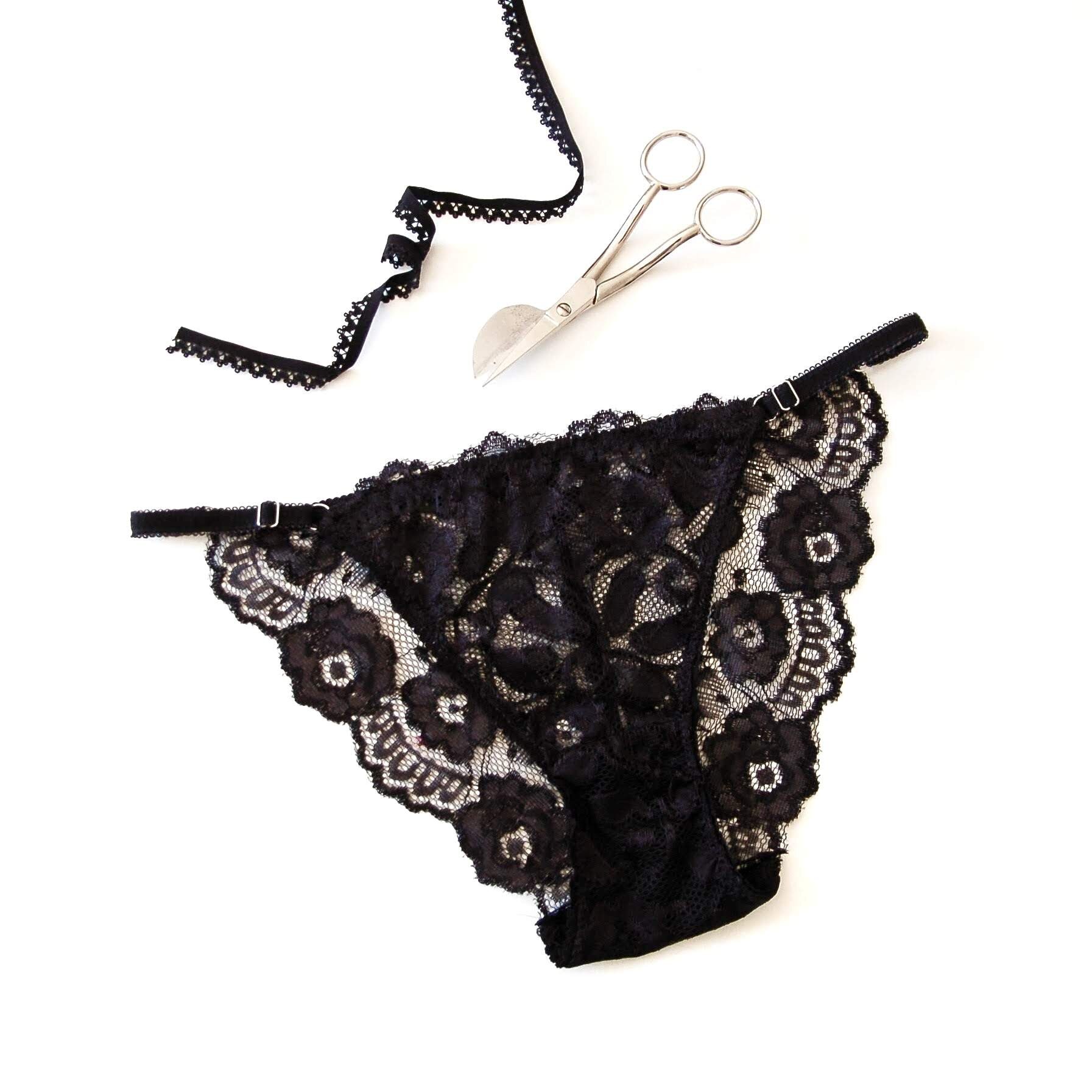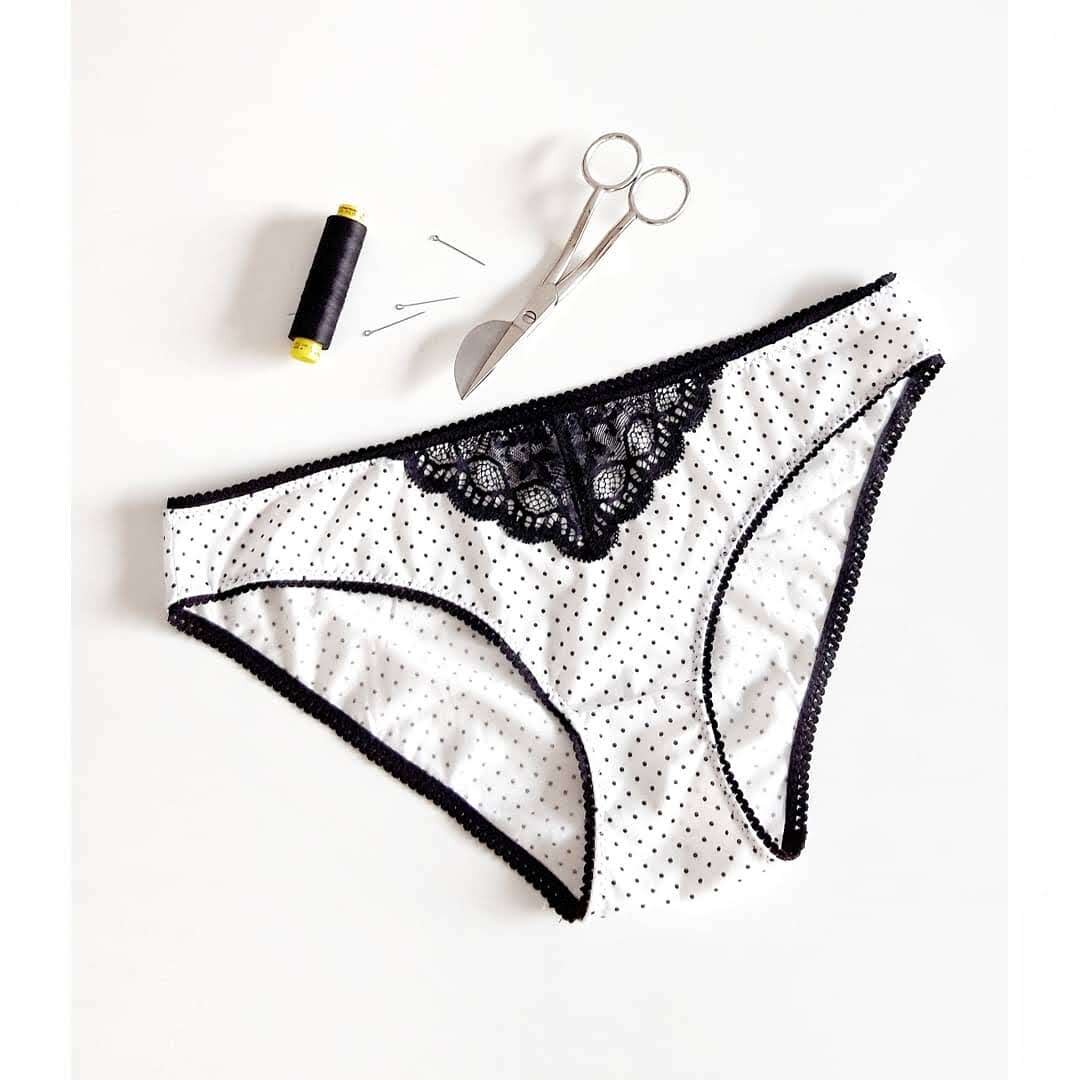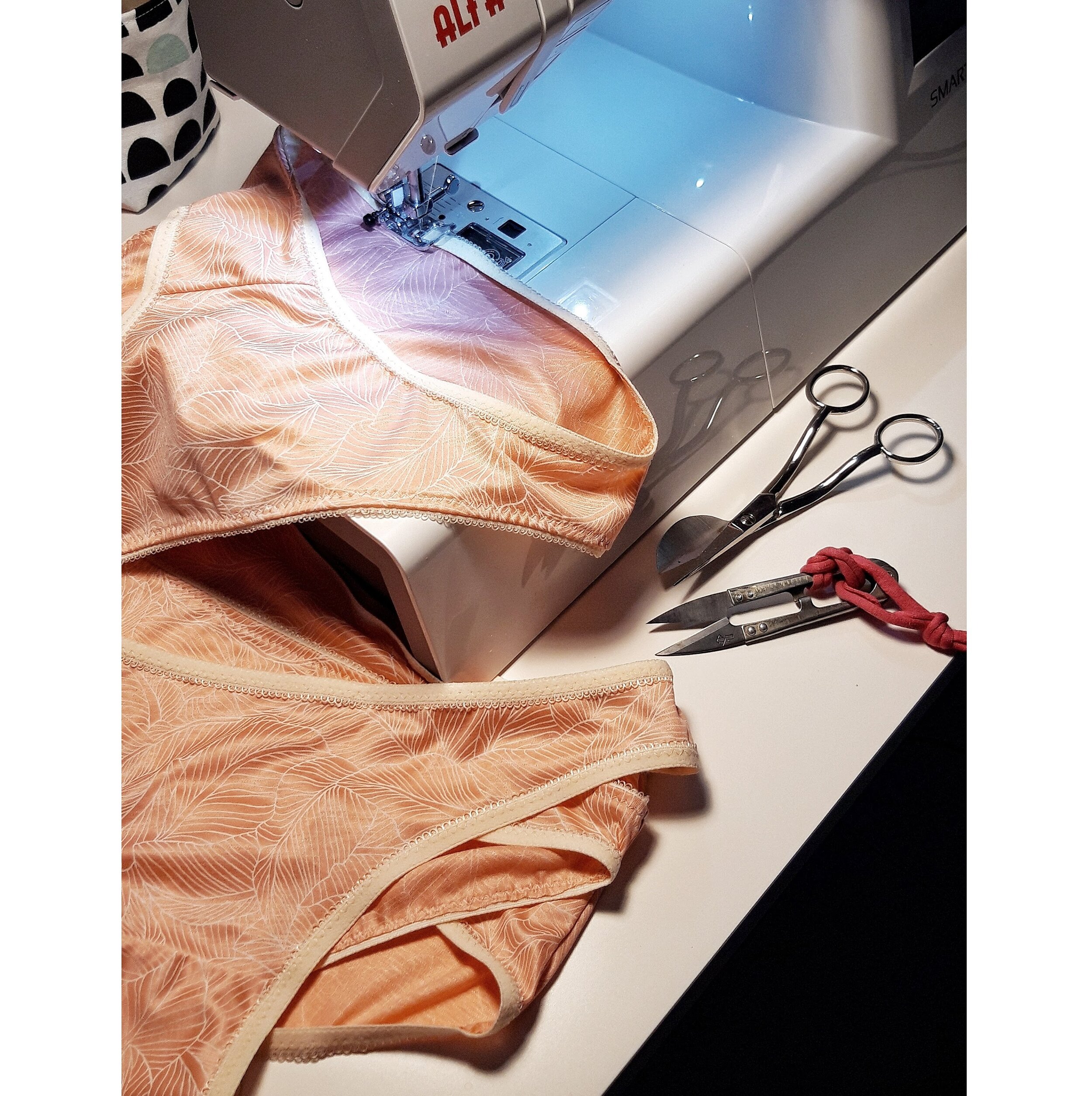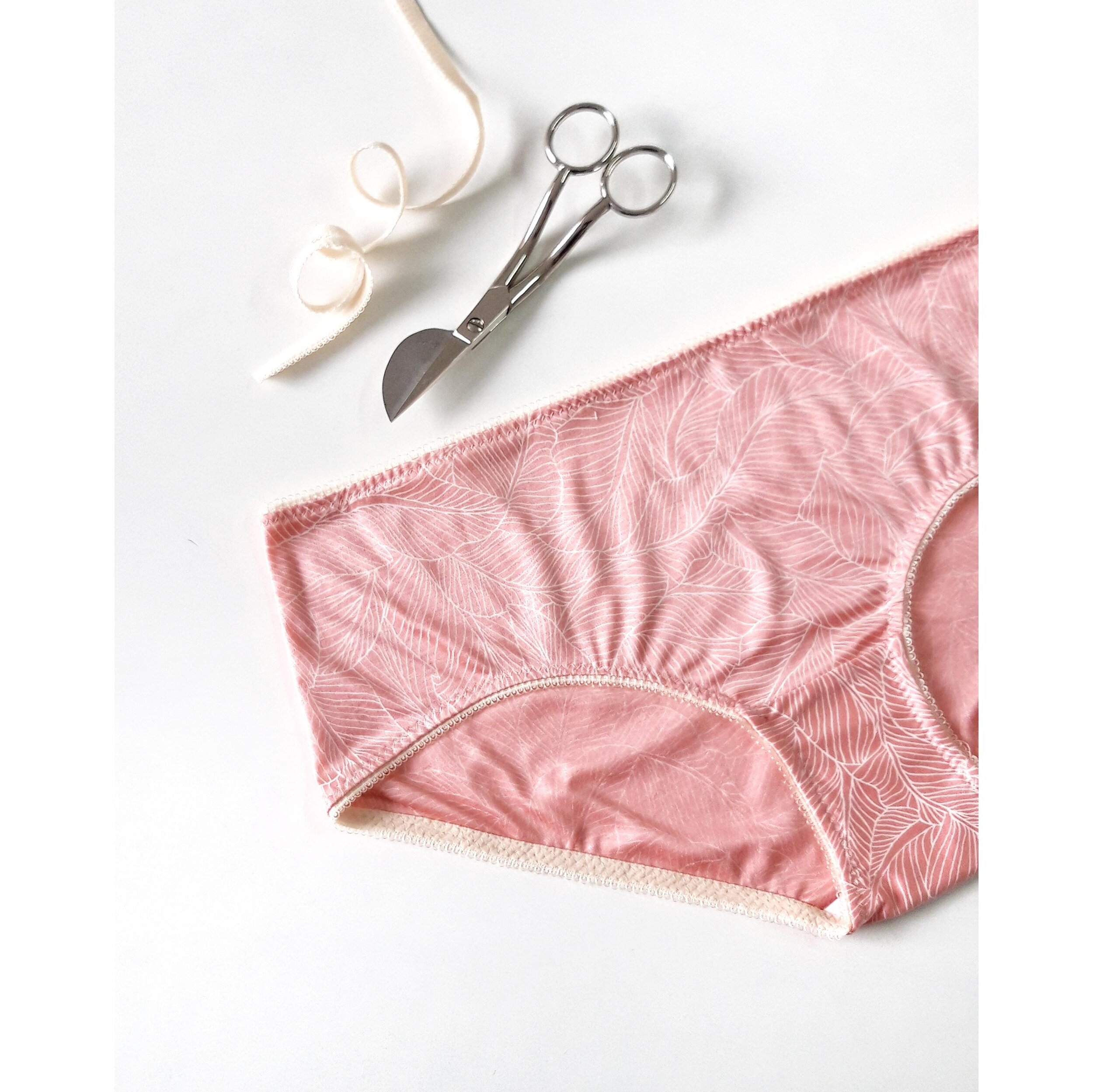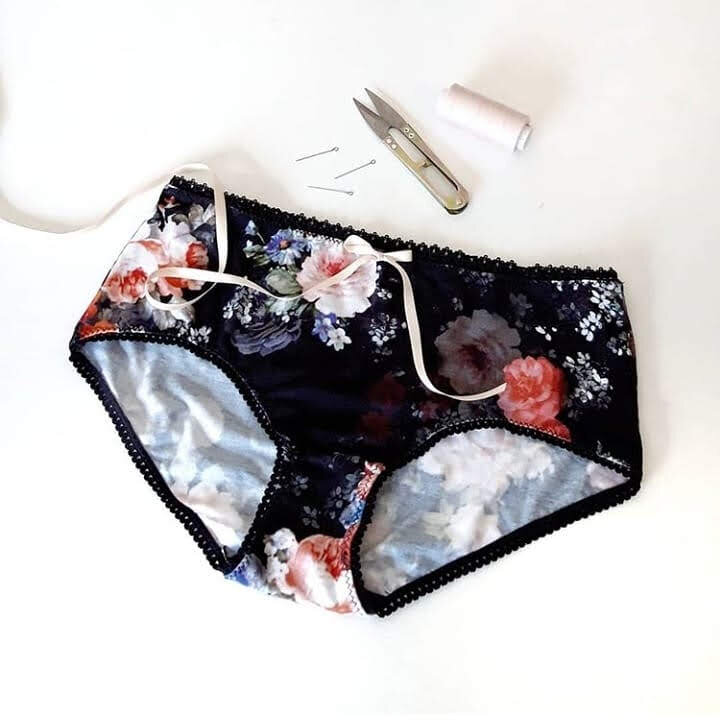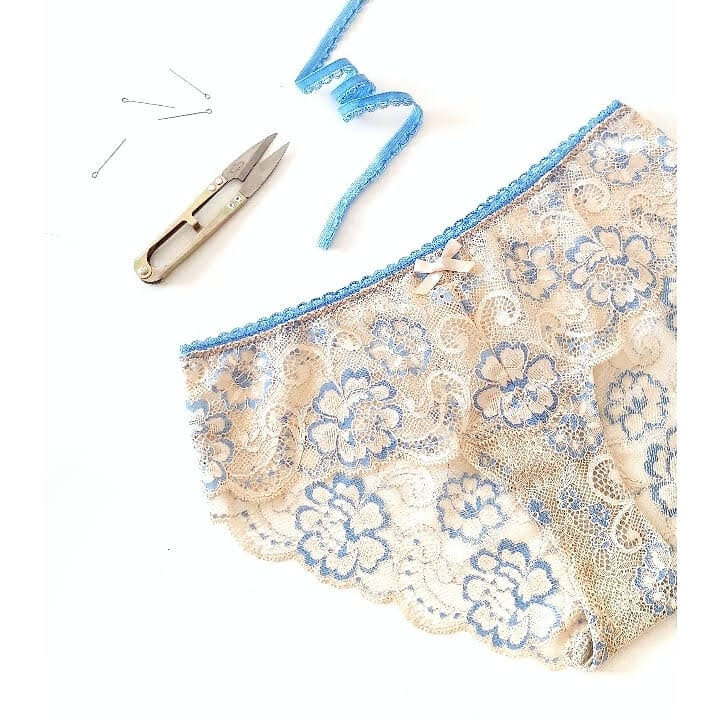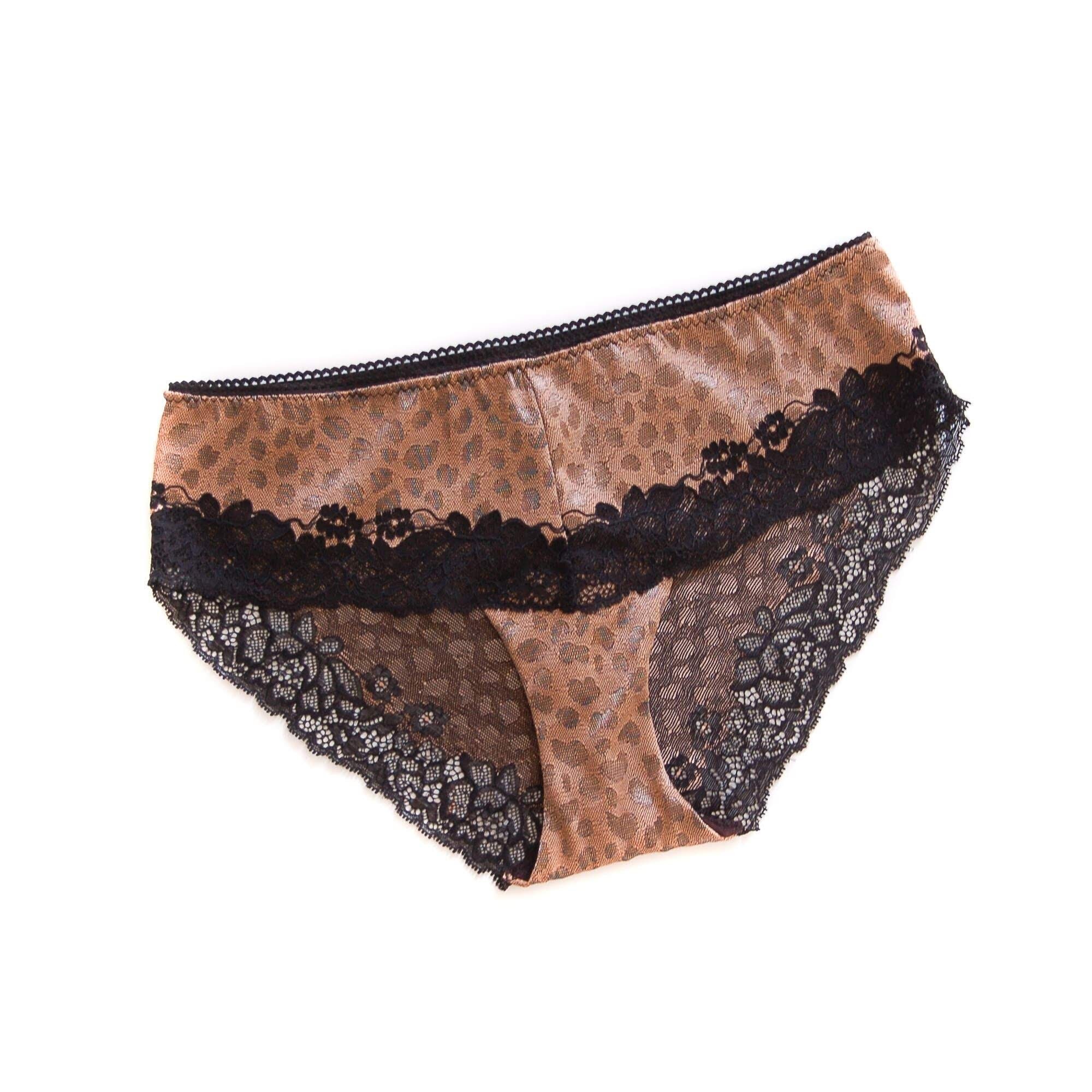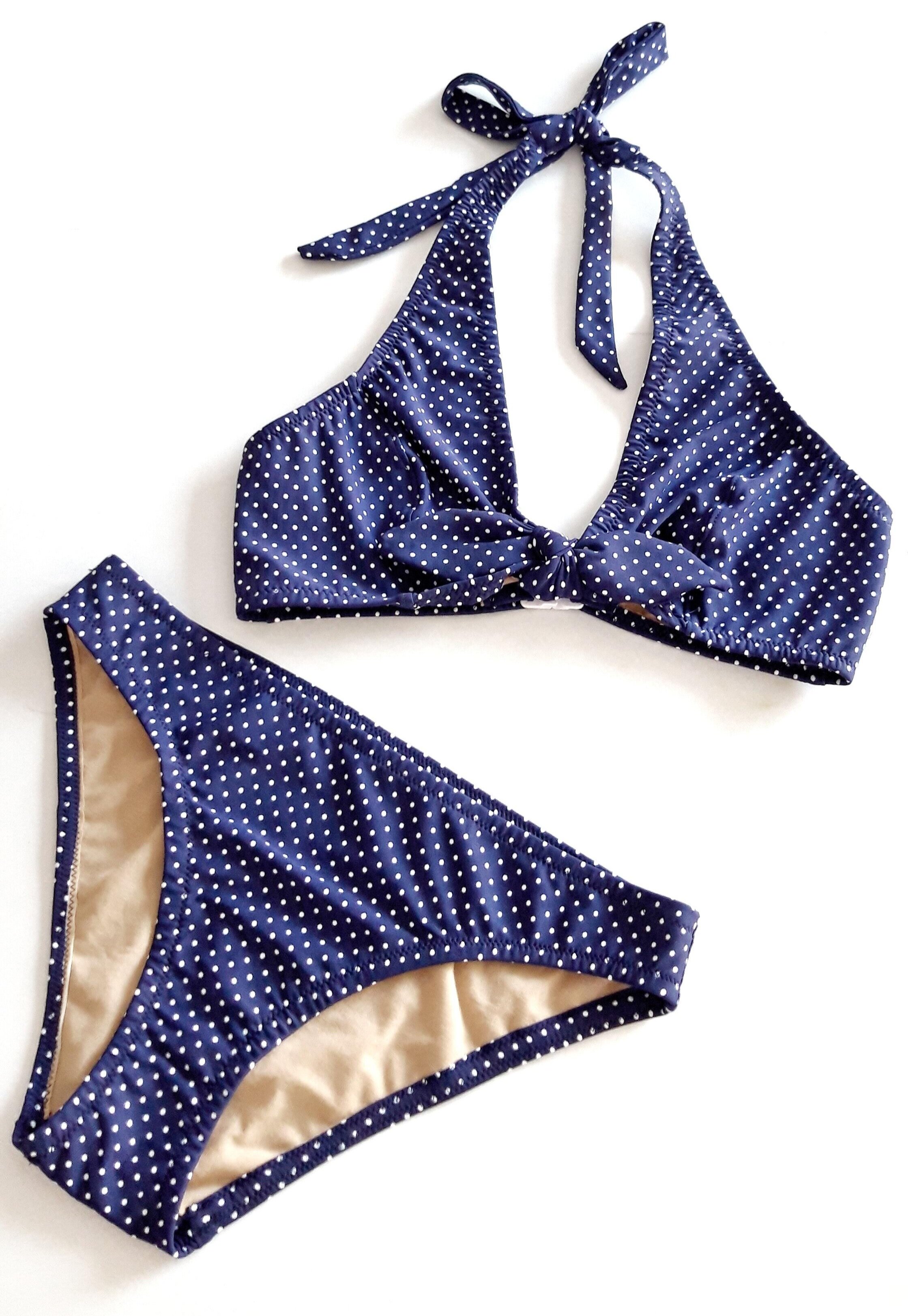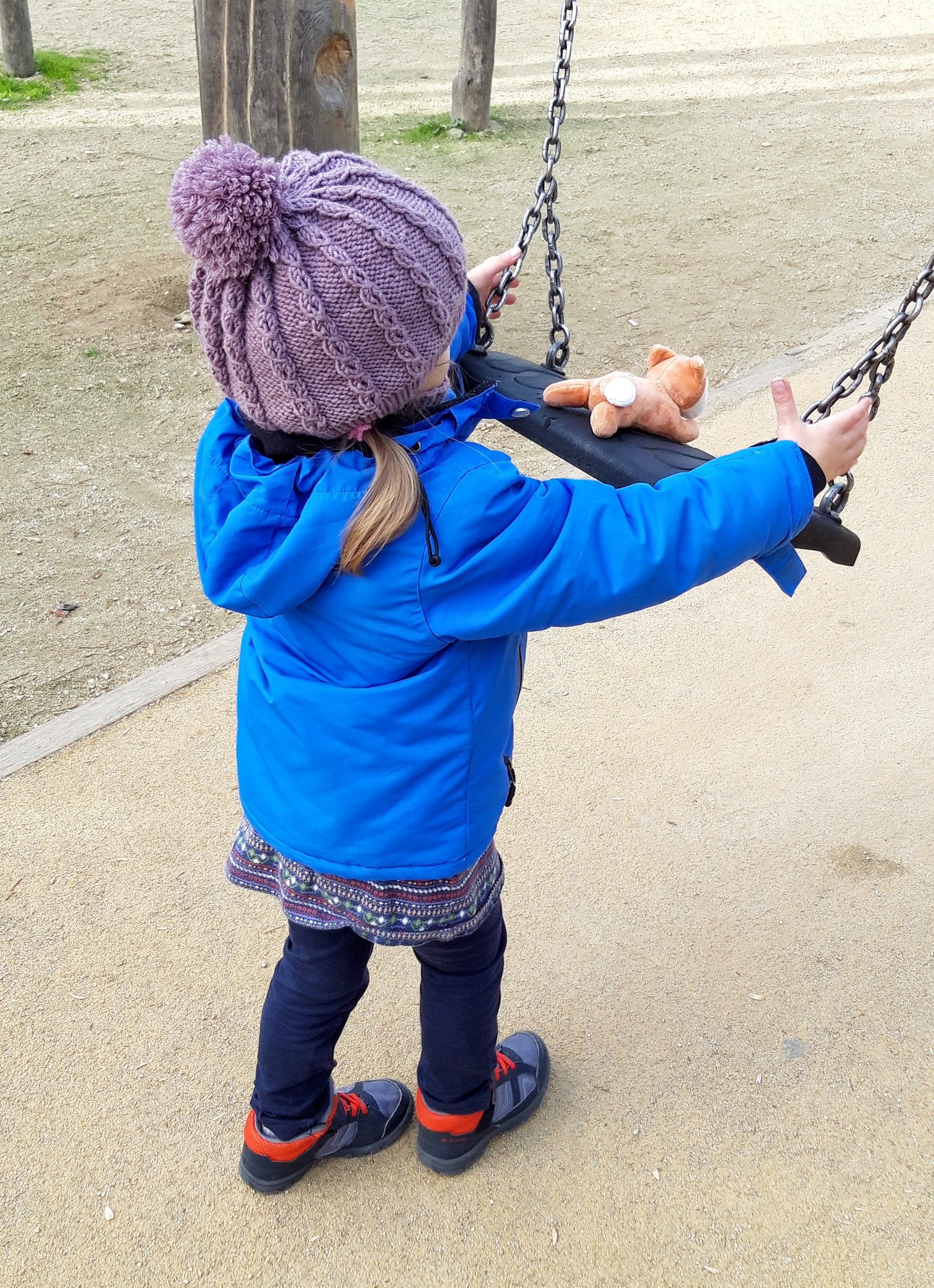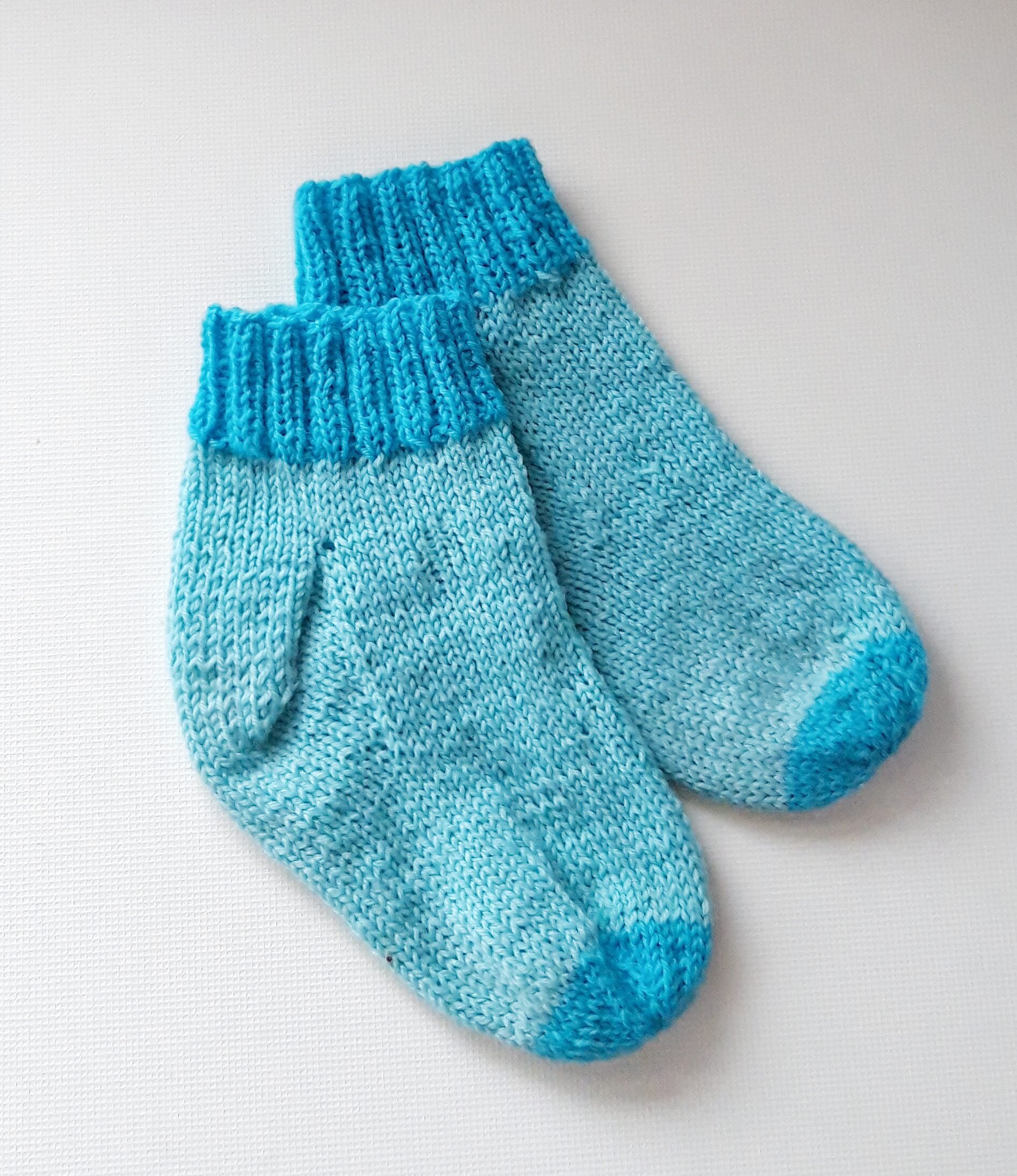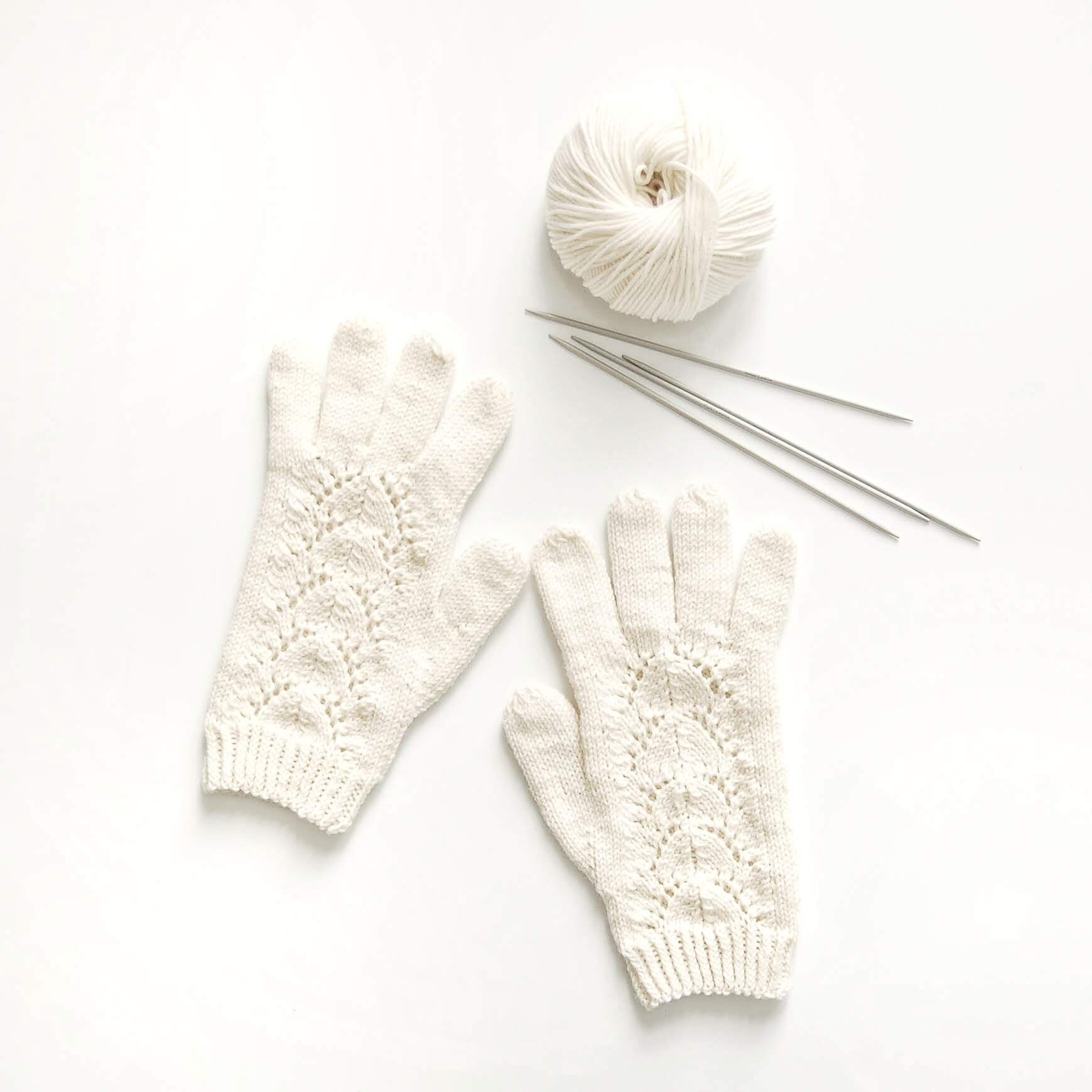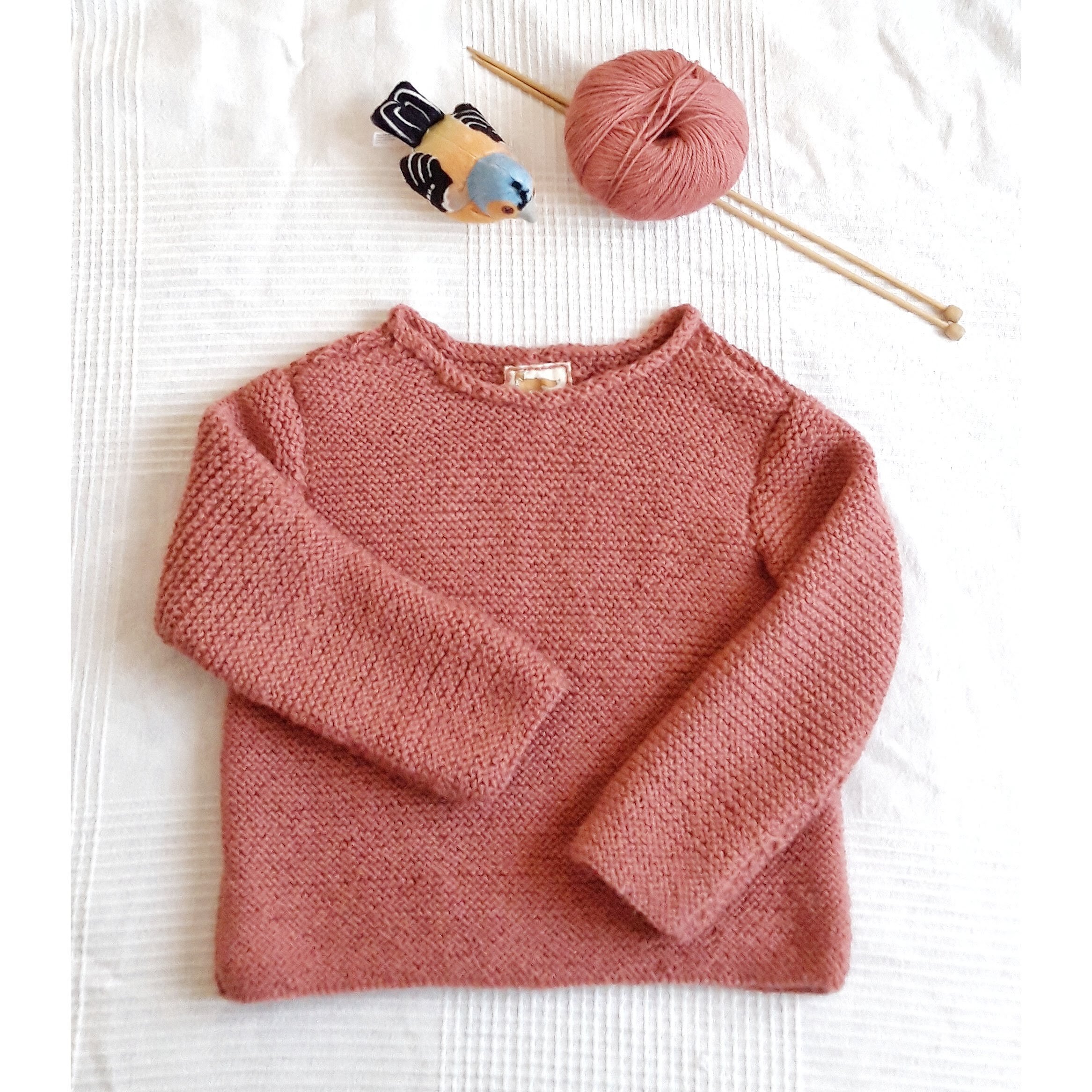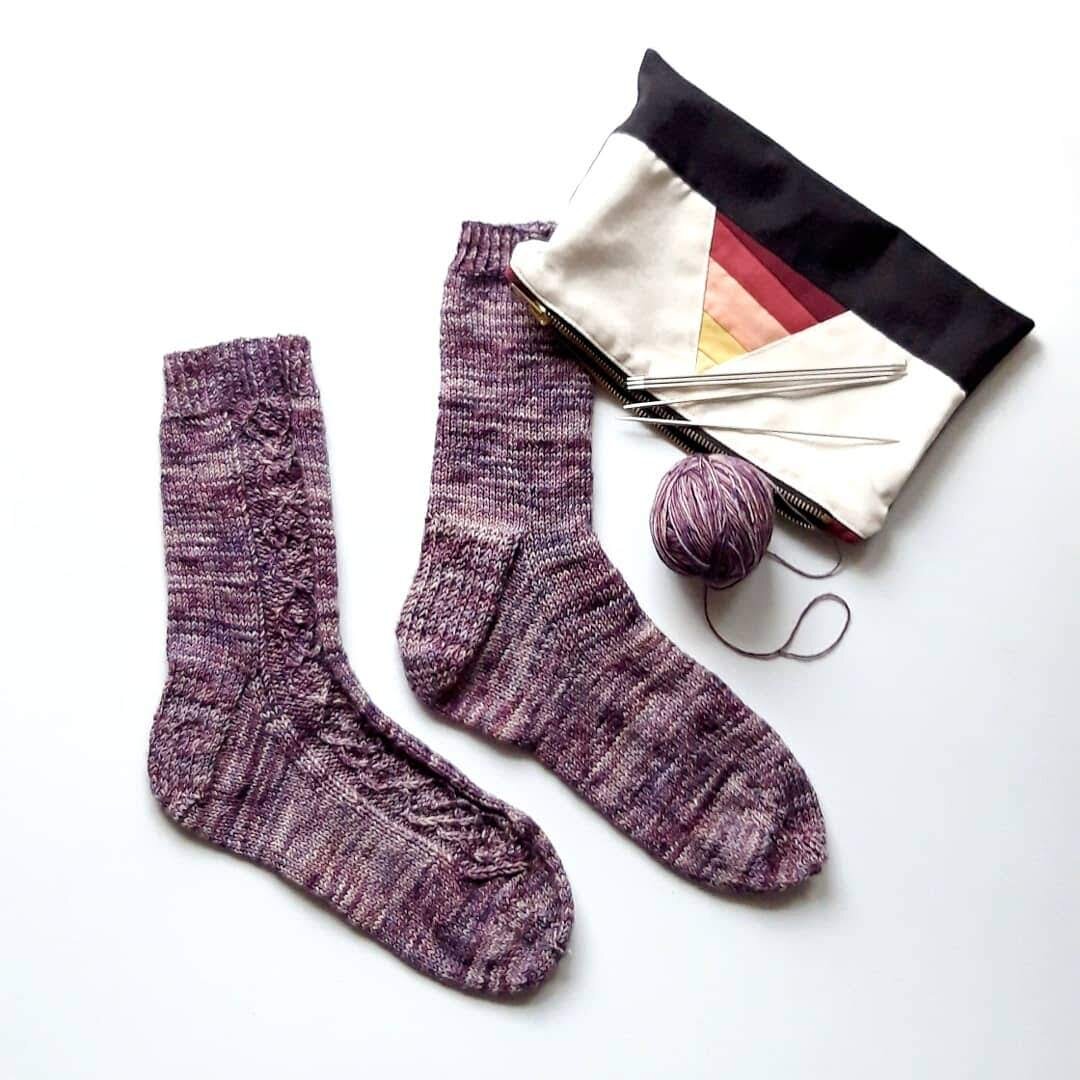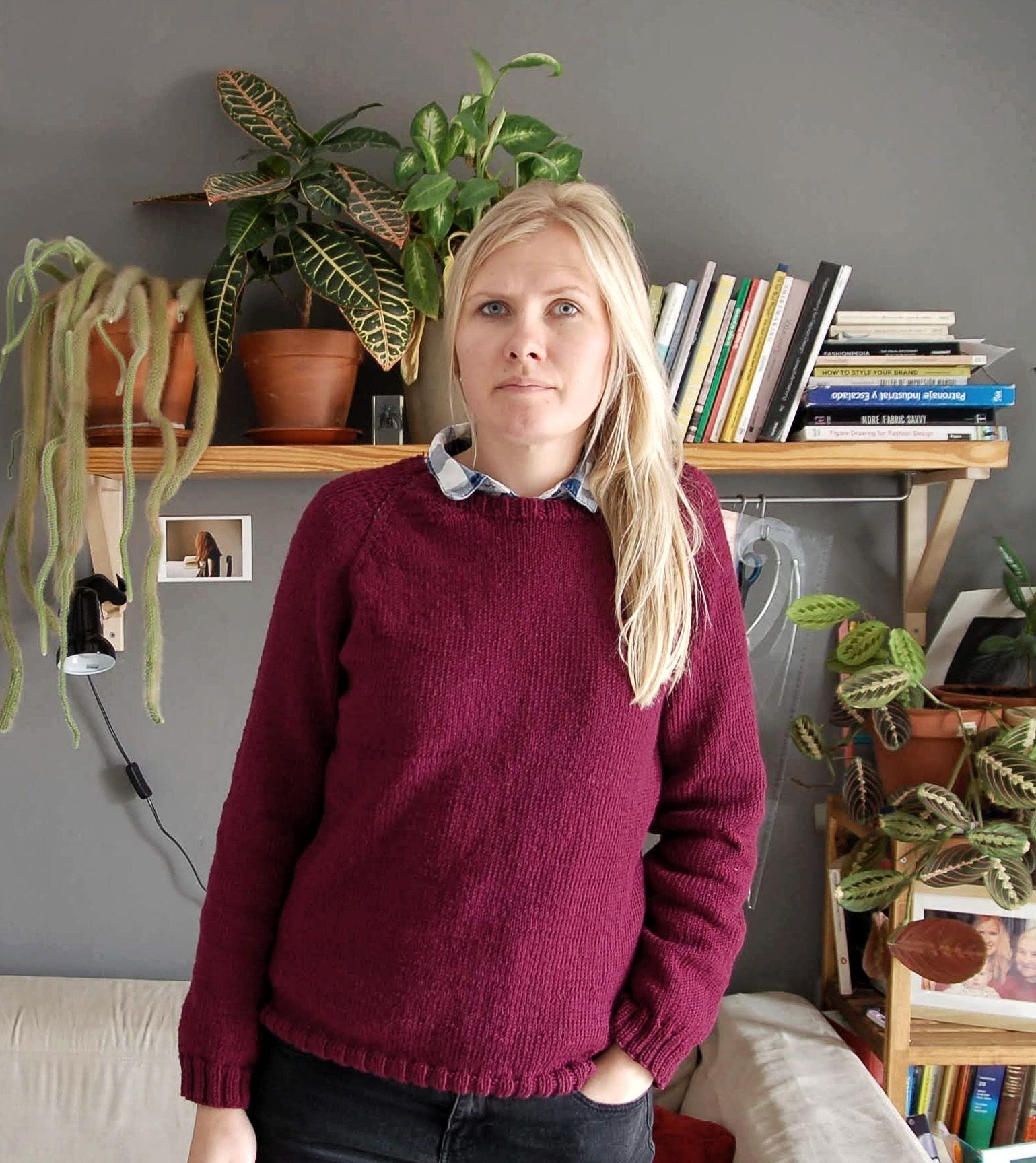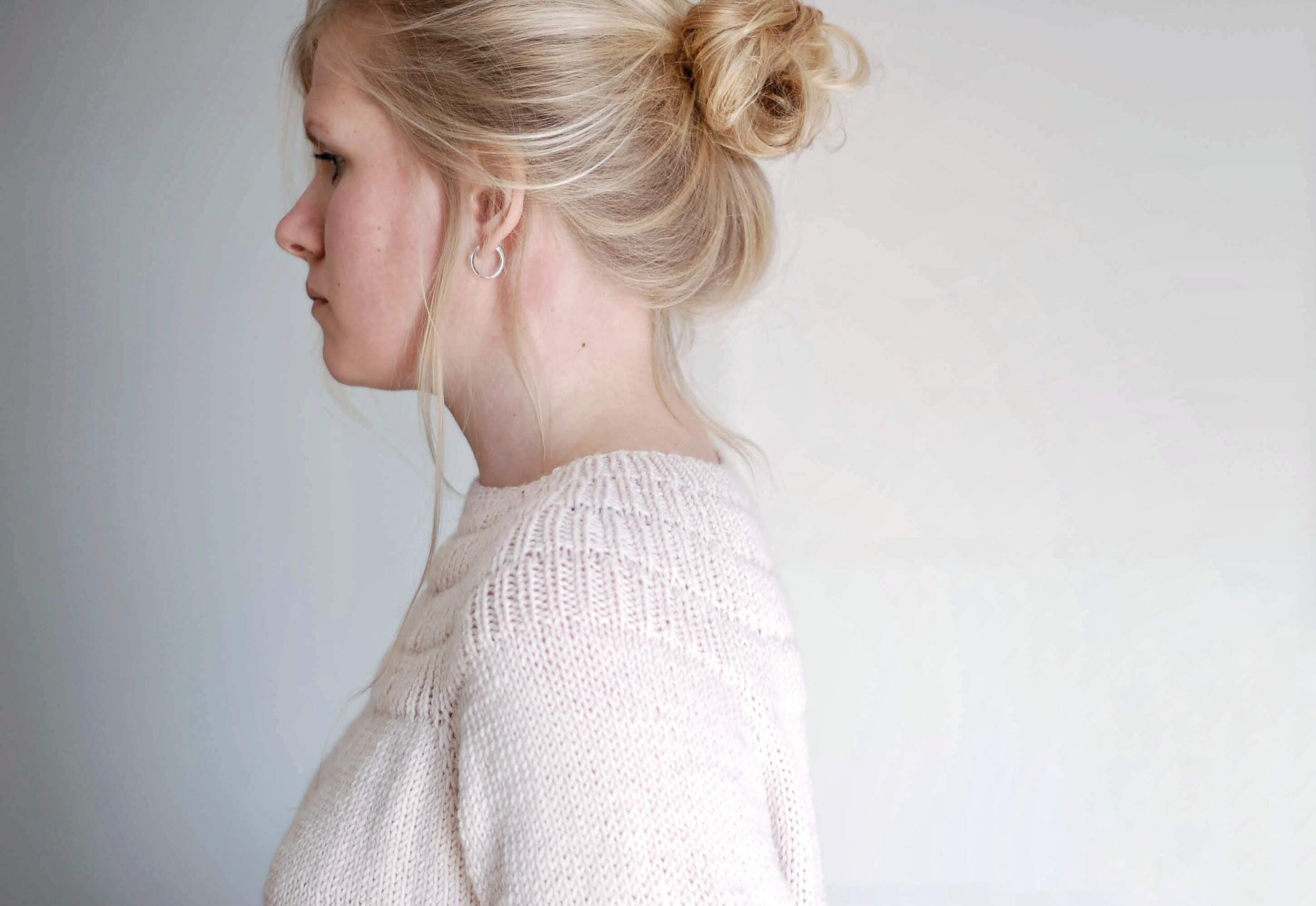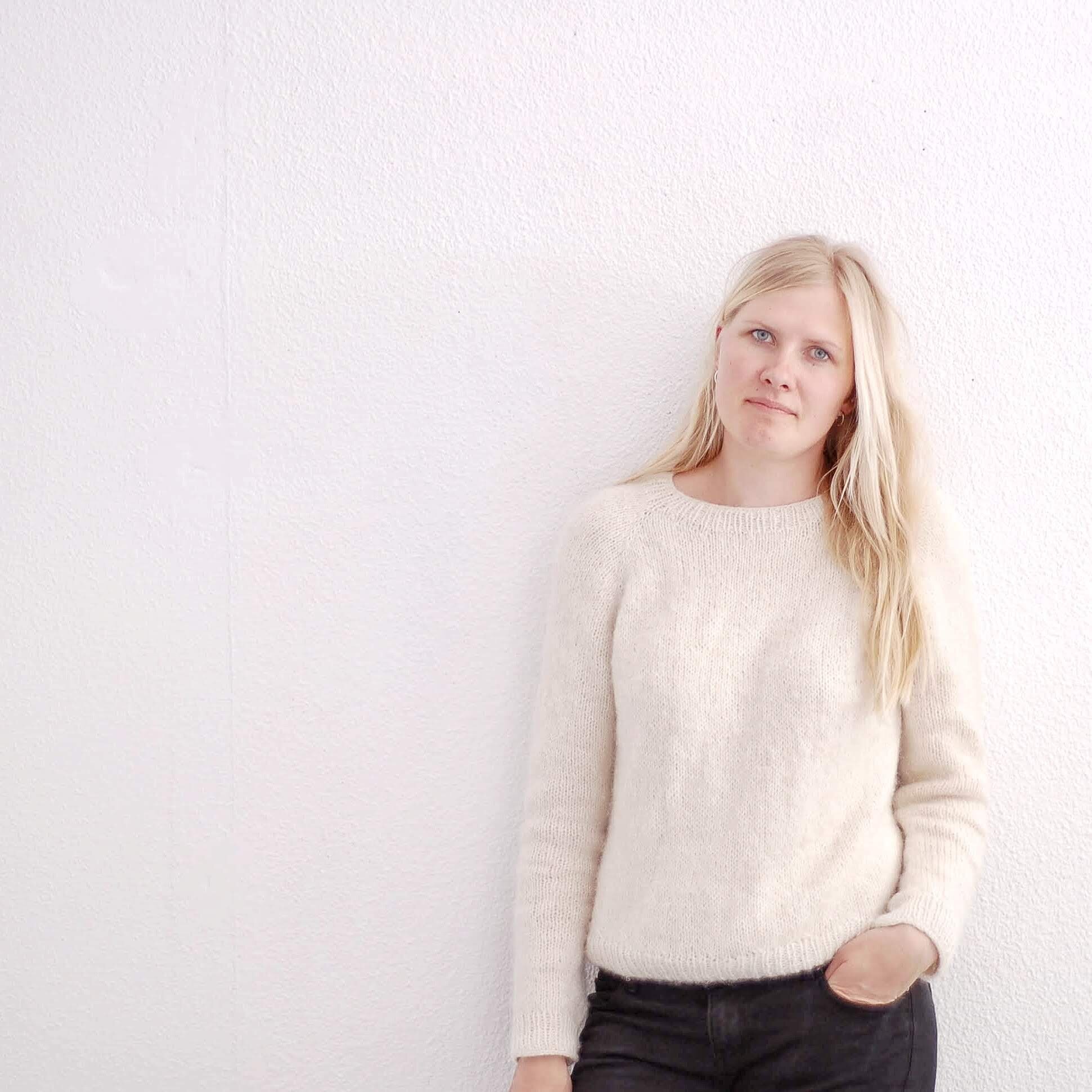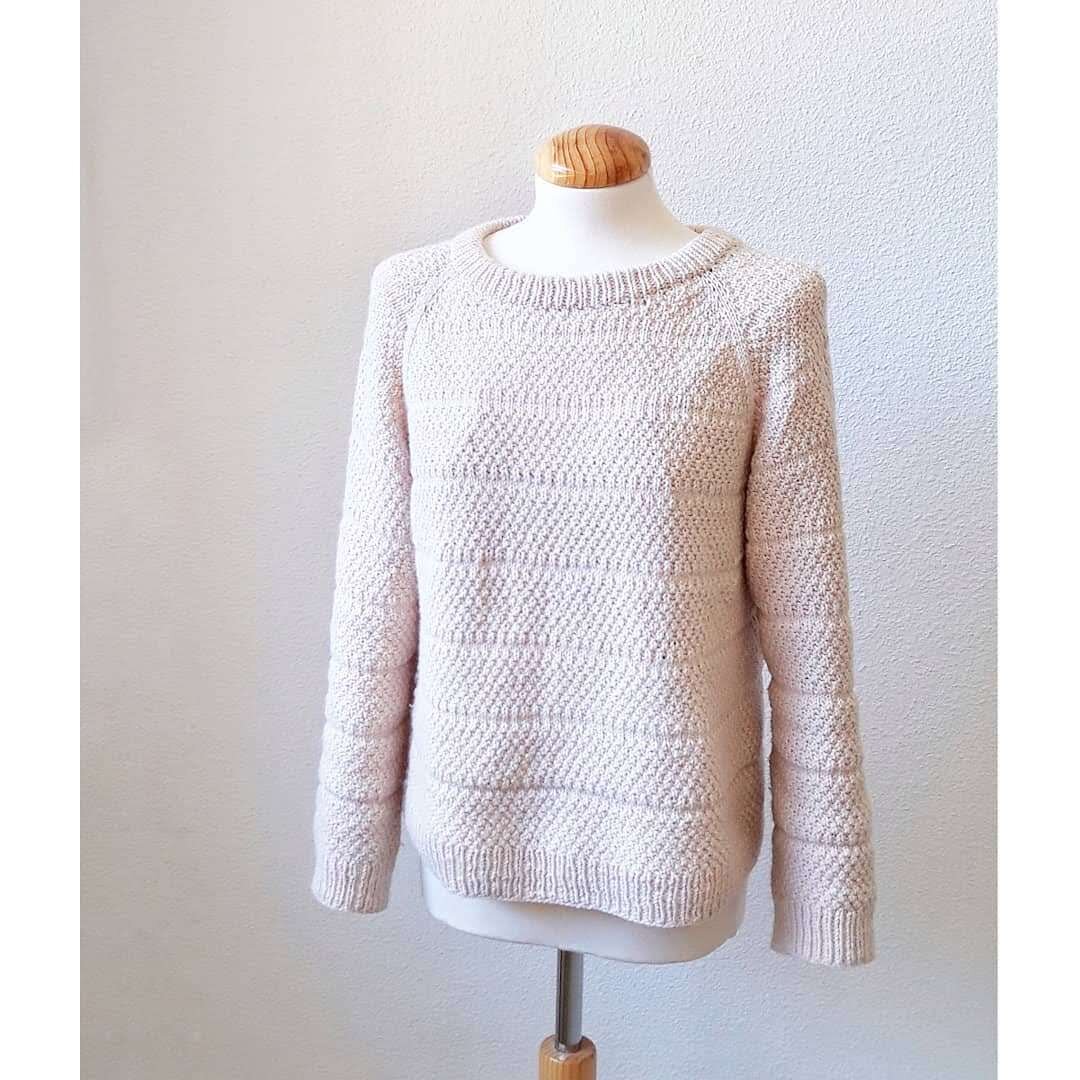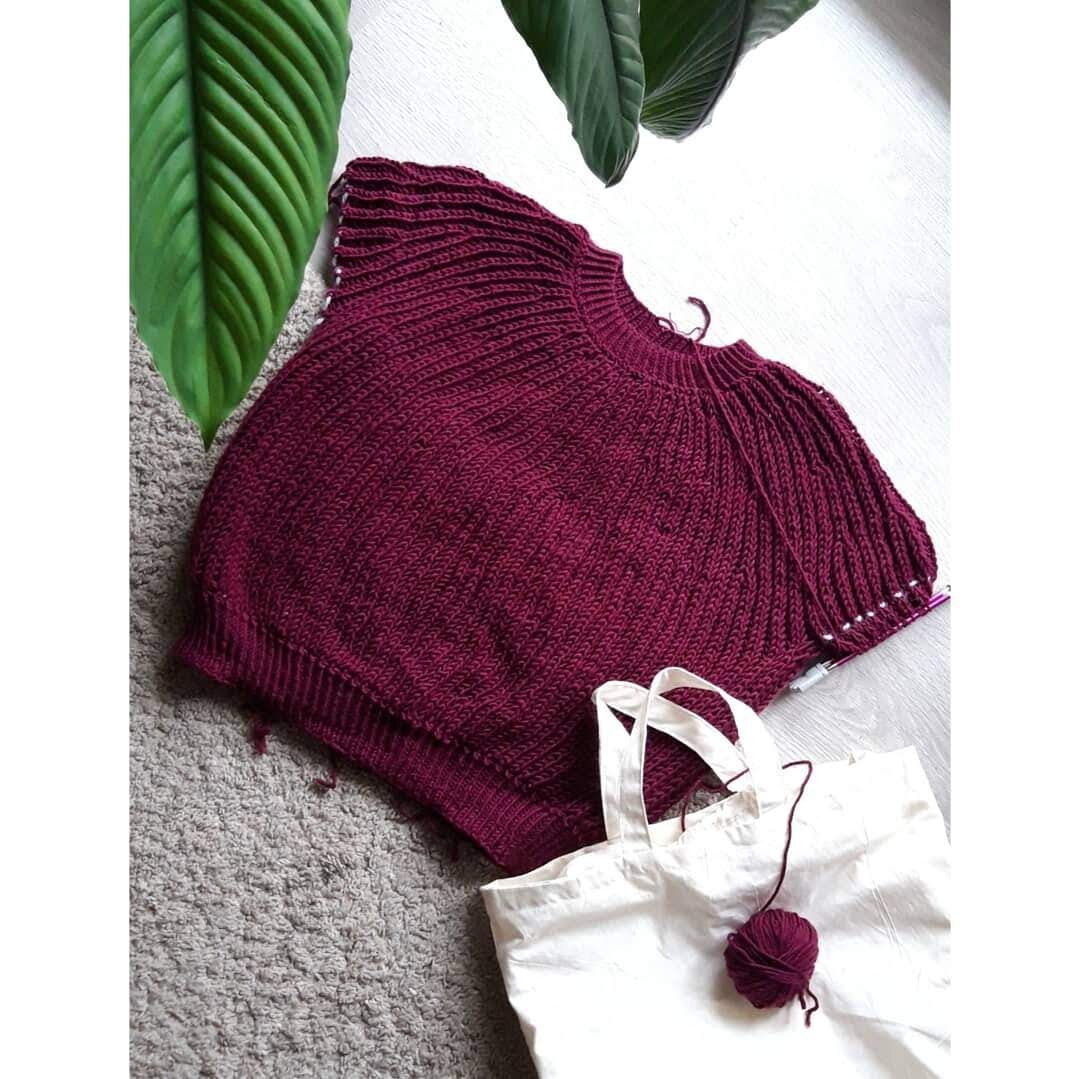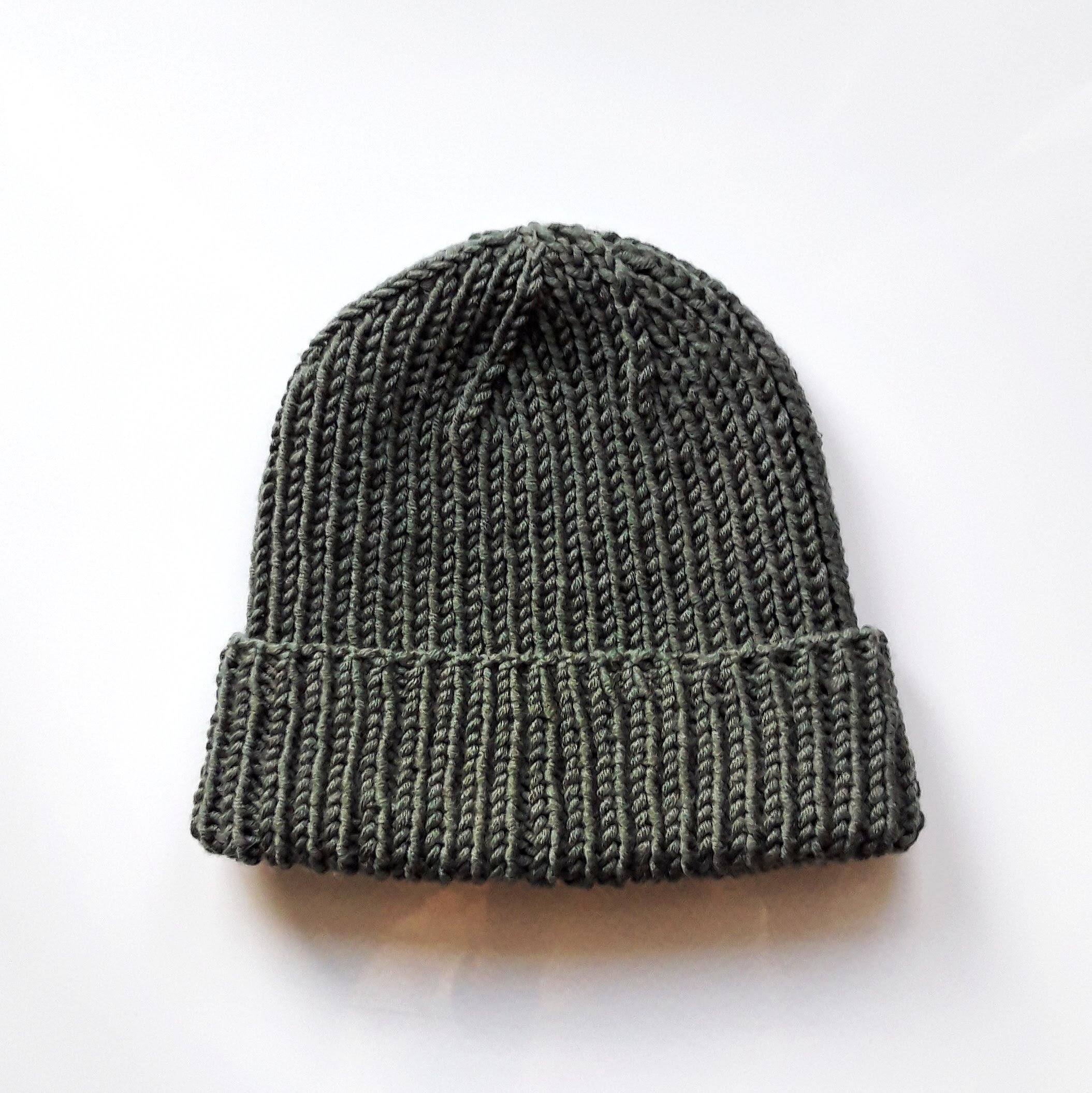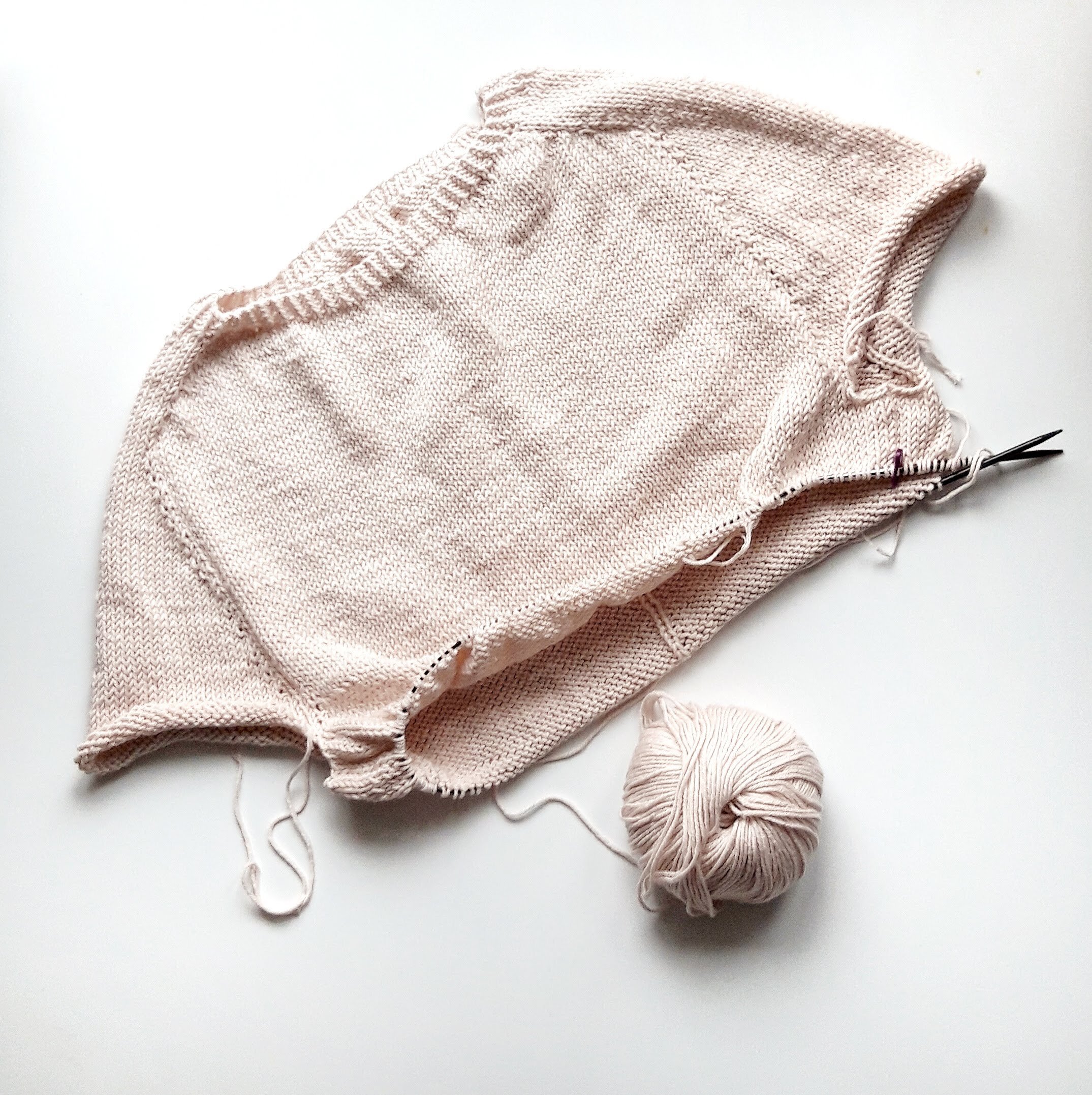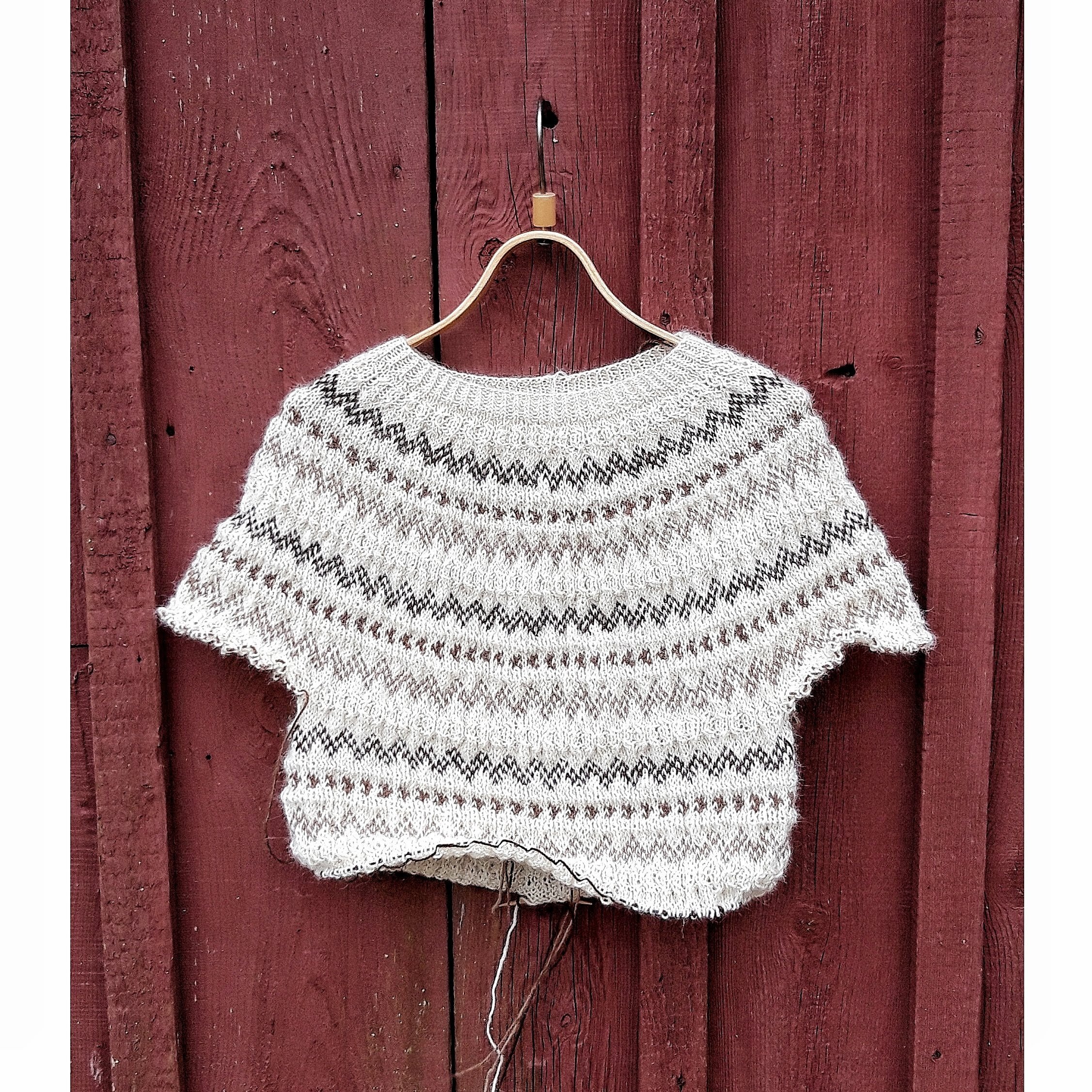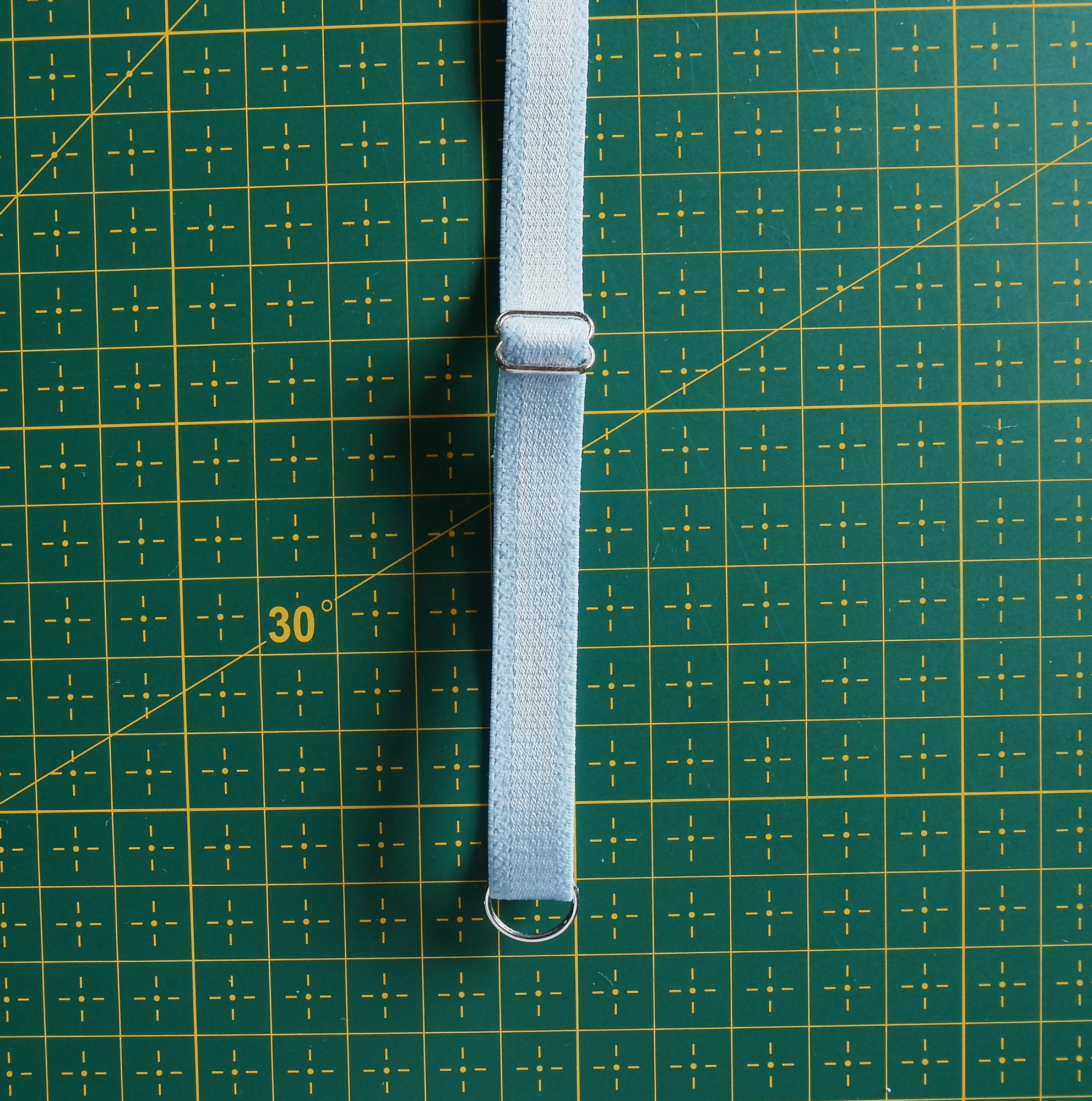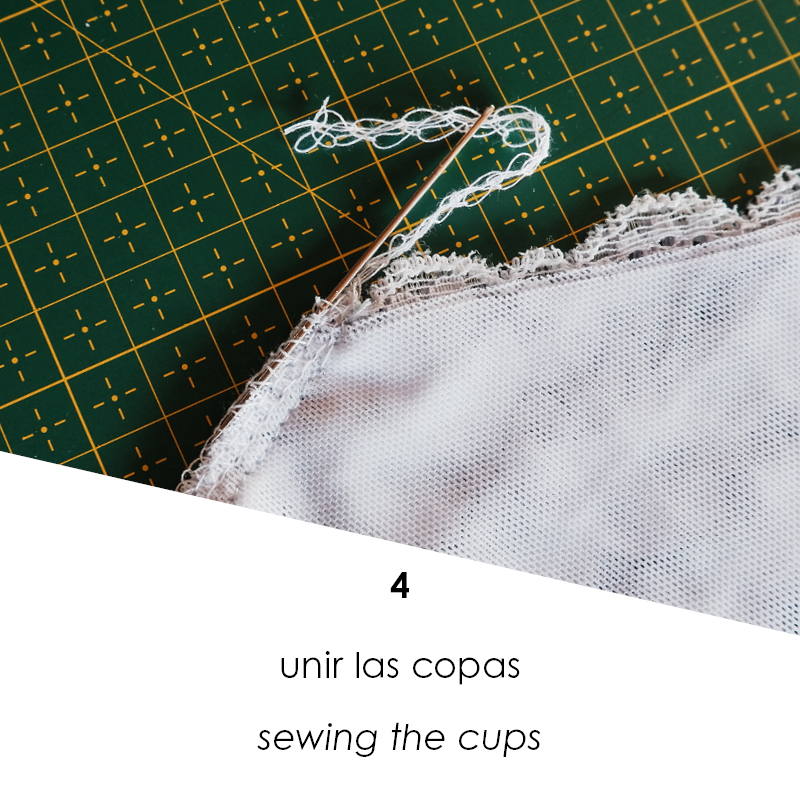Hoy, en el último día de 2019 quería hacer una recopilación de mi año costuril y poner aquí los proyectos que he cosido durante el año. Como de costumbre lo he dejado para el último momento así que no voy poder escribir mucho sobre los proyectos sino termino el año detrás del ordenador. Y si me conocéis este no va a ser el sitio donde quiero estar esta noche….mucho mejor si puede ser en el sofá haciendo punto, jaja. Así que vamos con los proyectos:
Today, on the last day of 2019 I’d like to recap here all my sewing this year. As always I’ve left it for the last minute so I’ll just name the patterns and get over with it, haha, otherways I’ll be here in front of the computer until the end of the year. And if you know me you should know that this is NOT a place I’d like to be tonight…instead I want to be on the sofa knitting, haha. So let’s go with the projects:
Para mí // for me
Tamarack jacket, pattern by Grainline Studio
Burda Style coat in boiled wool, blogged here.
Viscose button up shirt, pattern from Ottobre Design.
Viscose French terry knit t-shirt, pattern from Ottobre Design.
Odgen cami, pattern by True Bias.
Tencel chino pants, pattern from Ottobre Design, cotton twill pants, pattern Ginger Jeans by Closet Case Patterns.
Cotton knit dress, pattern by Le Maison Victor, blogged here.
Dawn jeans by Megan Nielsen Patterns and viscose blouse by La Maison Victor, blogged here.
Ogden cami dress, pattern by True Bias (there’s another one, basically lived the whole summe rin these two!).
Cottesloe swimsuit by Megan Nielsen Patterns.
Viscose knit t-shirt, pattern from Ottobre Design.
Self drafted rib knit wrap top.
Softshell Serra jacket, pattern by Pauline Alice Patterns, blogged here.
Viscose knit dress, self drafted.
Linen Claudia dress, pattern by Tessuti Fabrics.
(Still needs buttons) self drafted work jacket in cotton canvas.
Boiled wool Berlin jacket, pattern by Tessuti Fabrics (I did take this one apart later on and I’m almost done putting the lining in for it).
Indigo dress in viscose twill, pattern by Tilly and the Buttons.
Para Lia // for lia
All patterns from Ottobre Design (and there are matching PJ pants for me too with the same fabric).
Cutom printed fabric + waterproof lining, self drafted snack bags.
A gym bag for judo, self drafted.
Daily tote hacks, blogged here.
Some fabric bins for the academy, craft bag in colaboration with Donna Telas.
Pincushion for the academy, pattern by Noodlehead.
Backpack for my sister, self drafted pattern.
Backpack for a little friend, self drafted pattern.
Acolchados // Quilting
Este año por fin probé quilting y me ha encantado. Espero poder seguir con más proyectos en el 2020. Hasta ahora hice un par de colchas para bebés, todas iban para regalos, pero tengo planeado una grande para mi cama!
This year I finally started to learn quilting and I’m loving it. I hope I will continue making more quilted projects during 2020. Until now it has been mostly baby quilts, all gifted, but a big bed quilt for me is definitely in my plans!
Pillow inspired by Modular Bocks Quilt by Purl Soho.
Baby blanket, pattern Little Peaks Quilt by Purl Soho.
Craft pouch, my own pattern (you can use the free zipper pouch pattern available here).
Baby quilt, pattern Modular Blocks Quilt by Purl Soho.
Wall hanging for Lia, my own pattern.
Yuba Crib Quilt, pattern by Vacilando Quilting.
muestras de lencería // Lingerie samples
Este año he publicado tres patrones de lencería: el bralette Mara y las braguitas tipo bikini Vera y tipo tanga Lili. Aquí se ven algunas muestras y ejemplares cosidos para los coseconmigos. También han sido un par de encargos, muestras de los materiales de la tienda y muestras para las actualizaciones de los patrones.
This year I’ve published three lingerie sewing patterns: Mara bralette, Vera bikini cut panties and Lili thong cut panties. Here you can see some samples of the patterns and other pairs made for sewalong posts. There have been some custom orders and shop samples + renewing the existing patterns so I’ve been making new samples.
tejer // knitting
Algo que empecé en el final del año pasado y nunca llegué a publicar por aquí: todo el punto que ha conquistado mi vida, jaja. Desde que empecé no he parado y ya llevo bastantes cositas hechas. Para los detalles puedes ver mi página de Raverly. Aquí están las cosas que he tejido desde el noviembre 2018, algunas los he vuelto a tejer, algunos me los pongo todos los días y algunos están todavía a medias :)
Soemthing I started in teh end of 2018 but I never published here: how knitting has taken over my free time, hehe. Since I started I haven’t really stopped so there are quite many things I’ve finished during the past year :). To read about the details you can visit my Raverly page. Here are the things I’ve finished since November 2018: some I’ve unraveled to knit them again, some of them are worn on repeat and soma are still works in progress!
Así ha sido mi año en “labores”. La verdad es que estaba posponiendo este post un poco ya que en las últimas semanas no me he sentido muy motivada, aparte de que si hay que hacer algo con alguna fecha concreta siempre consigo dejarlo al último momento. Quizás ha sido el fin de un año intenso y ya necesitaba desconectarme de mi día a día para poder recuperar la energía necesaria para seguir.
Este año ha tenido de todo para mí…muchas cosas muy grandes de los cuales lo más grande seguramente ha sido poder trabajar con un proyecto tan inspirador como es la academia Historias Hiladas Madrid. Este año 2019 ha sido cuando más he trabajado en mi vida, cuando más horas he estado enseñado y cuando más me he reído en compañía de nuestras alumnas. Me paso más horas en este sitio que en mi propia casa y estoy feliz de poder trabajar en algo que me llena profundamente.
Mi propia marca de patrones ha crecido y las nuevas publicaciones de patrones han gustado, tengo más ideas para el año que viene y he podido compartir mi trabajo con muchas personas tanto en mis clases como viendo lo que hacéis en vuestras casas a través de redes como Instagram. Cada vez que veo que alguien ha cosido algo con algún patrón de Studio Costura Patterns me da una alegría muy grande.
Pero no todo en la vida es como lo que vemos en Instagram (bueno, y menos mal también!), hay muchas cosas que nos pasan, cosas que compartimos entre gente cercana…no soy muy de compartirlo todo en redes sociales, jaja. Empezar el proyecto de academia ha sido muy duro económicamente y me ha hecho cuestionar toda mi trayectoria laboral porque llevo ya varios años viviendo de costura, poco a poco haciendo crecer mi proyecto, y este año 2019 es el que más me ha costado con diferencia. Piensas que ya has llegado a una cierta estabilidad, aunque sea muy poca, y entonces tomas unas decisiones y le das la vuelta a todo, vuelves a empezar y apuestas por una oportunidad que puede salir bien o puede superarte, todavía no lo sabes pero mientras tanto hay que vivir y hay que comer. Hubo momentos durante este año cuando tenía muy muy claro que no cambiaría todo esto por nada en el mundo…también hubo momentos cuando lo único que quería hacer era coger mis cuatro cosas e huir o inventar una máquina de tiempo para volver a aquel entonces cuando tenía 18 años y hacer otro tipo de elecciones para no estar en una situación de incertidumbre como lo de ahora.
En fin…cuando me puse hacer este post hoy, sin muchas ganas la verdad, me di cuenta al pasar por todas las fotos del 2019 que he hecho muchas cosas. Aunque las últimas semanas me han hecho sentir un poco de bajón y por eso tampoco he visto mucho progreso en mi trabajo (cosa que automáticamente me hace sentir que no hay progreso NUNCA, lógico, no??), hoy he vuelto a ver lo importante que es mirar el plano grande y no quedarte todo el rato en los detalles de día a día. Porque hay días mejores y luego hay días no tan buenos…pero creo que en general vamos bien si hacemos balance, supongo que la palabra que resume este año ha sido “extremos”. Así que aquí lo dejo y espero que 2020 traiga más costura, más punto y no me importaría un poco más de estabilidad, jaja. Gracias por estar aquí! Espero que vuestro año también ha sido lleno de cosas buenas que recordar (y que por lo menos las cosas buenas han superado las cosas no tan buenas!), nos vemos en el 2020!!!
So this has been my “craft year”. I was postponing this post as I haven’t been very motivated during the past weeks…and of course I’m an expert in doing things once there’s literally no more time left. Maybe it has been the end of a very intense year and I needed a break to recharge in order to continue.
This year has had lots of big things for me and certainly the biggest has been the opportunity to work in the sewing academy Historias Hiladas Madrid. 2019 has been the year when I’ve worked the most in my whole life, I’ve never been teaching more hours and I’ve never laughed so much as I did in these classes. I litearlly spend more time there than in my own house, I feel very lucky to be able to work on something that really fills up my soul.
My own pattern line has been growing and people have been liking the new patterns. I have lots of plans for the coming year and I’ve been able to share my work with many students and it hs been wonderful to see people sewing with my patterns through social media like Instagram. Every time I see someone who has chosen Studio Costura Patterns I feel very proud!
But not everything in life is like we see it on Instagram (and that really is a good thing!), there are many things we only share with the closest to us. I don’t really feel comfortable with sharing all of those moments on social media, hehe. This year with starting the academy project has been financially so difficult. I’ve been questioning my whole professional career (this sounds more professional than it is actually, haha)…I’ve been working full time with sewing for the past years, little by little growing my project, and this 2019 has been the most difficult year so far to be honest. You think you’ve made it into some kind of stability, even if it’s just a little bit, you then make some decisions and turn things over, start again and you don’t know if it will be OK or it will be too hard…and you still have to live and you still have to eat while you figure all that out. There were moments during this year when I knew I wouldn’t change my life for anything…and there were moments where I really wanted to run away or invent a time machine to go back to when I was 18 so I would have made other decisions and I wouldn’t be in this unstable postion right now.
So…when I started to pass through all the photos from 2019 to write this post today I saw that I actually have made quite some stuff happen. Altough I’ve been feeling a bit low during these past weeks and I have felt that I haven’t progressed on my work (which obviously means that I feel that I NEVER make any progress, haha), writing this post has made me remember to look at the big picture again. Because it’s so easy to get stuck in a day and forget that it’s all way bigger than today and it’s all way bigger than todays feelings. Because when I see the balance I see that we’re pretty good…it’s just that the word for this 2019 has been “extremes” for me. So for the 2020 I hope there will be more sewing, more knitting and let’s just say I hope there will be more stability :) Thanks for reading! I hope your year has been full of nice things to remember (or at least I hope that these nice things will be more memorable than those not so nice things)! See you over here in 2020!
